What exactly defines a “dance song”? It’s a valid question. In a broad sense, any song that inspires movement can be considered a dance song, from The Beatles to Slayer. Hip-hop and reggae are inherently danceable genres. However, when we curate a list of the greatest dance songs of all time, we delve into the specific world of “dance music culture.” This culture, rich and expansive, spans nearly five decades, constantly evolving from its origins to the present day and beyond.
Our exploration of dance music begins in the mid-1970s with the rise of disco, paying tribute to James Brown, the undisputed godfather of the extended groove. From disco, we transition into the early 1980s club sounds like electro and Latin freestyle. Dance music experienced a rebirth as disco was reimagined into house music in Chicago and techno in Detroit. The 1990s witnessed an explosion of rave culture, spawning diverse genres from jungle to trance, gabba to garage, eventually leading to the EDM and dubstep phenomena of the 2000s. While these genres have had their moments in the spotlight, they remain vital. Drum ‘n’ bass, for instance, is currently experiencing a resurgence, and contemporary house tracks continue to emerge.
This list does not aim to encompass every nuance within this vast ocean of subgenres. Instead, we focused on tracks that possess a timeless, universally appealing quality. We particularly considered moments where dance music intersected with broader musical landscapes – synth-pop, hip-hop, funk, Miami bass, R&B, indie-rock, Latin music, and pop. This is why you’ll find artists like Prince, Robyn, Britney Spears, and Shakira alongside pioneers like Adonis, Frankie Knuckles, Moodymann, Goldie, and SOPHIE.
If you’re curious about how we arrived at a point where artists like Drake and Beyoncé are releasing house records, this article unfolds that narrative – or at least, our interpretation of it.
Donna Summer, ‘Last Dance’ (1979)
 Donna Summer performing Last Dance, a classic disco track.
Donna Summer performing Last Dance, a classic disco track.
While the film Thank God It’s Friday might be viewed as a lengthy advertisement for Casablanca Records, a prominent disco label, “Last Dance” stands as a truly deserving Oscar winner for Best Original Song. The track begins with a slow tempo, gradually building into a thrilling disco anthem. The tempo shift, conceived by Casablanca’s producer Bob Esty, is a stroke of genius.
Fatboy Slim, ‘The Rockafeller Skank’ (1998)
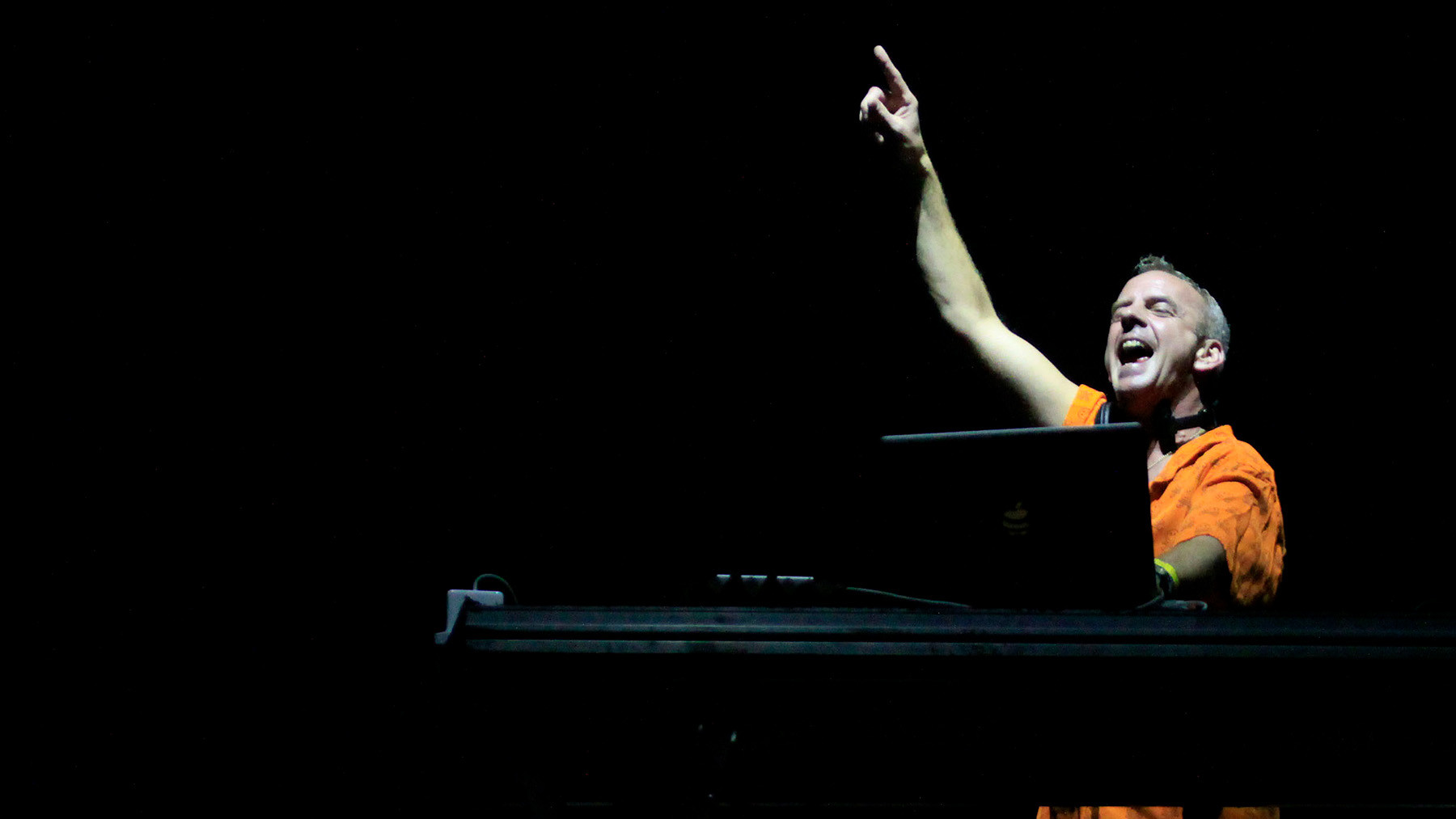 Fatboy Slim performing at Pop Music Festival in Brazil, showcasing his energetic stage presence.
Fatboy Slim performing at Pop Music Festival in Brazil, showcasing his energetic stage presence.
Norman Cook, known as Fatboy Slim, described his hit “The Rockafeller Skank” as humorous. Its debut at the Boutique in Brighton drew curious looks and murmurs of recognition from the crowd. Cook’s signature formula of breakbeats and guitar riffs reached peak effectiveness with “Skank.” Featuring a surf-rock riff and a Lord Finesse vocal sample (“Right about now, the funk soul brother/Check it out now, the funk soul brother”), the song quickly became ubiquitous. Cook jokingly referred to the “Frat-Boy Slim” image, acknowledging “Rockafeller Skank” as an anthem for a beer-loving, party-centric mentality.
Mescalinum United, ‘We Have Arrived’ (1991)
Techno’s equivalent to heavy metal is “gabber,” Dutch for “buddy,” with a strong following in the Netherlands. Marc Acardipane, known by around 90 aliases, is a key figure in gabber. “We Have Arrived,” under the name Mescalinum United, is considered a foundational gabber track. Built with powerful drums and piercing air-raid sounds, it became an anthem in Brooklyn raves where DJ Lenny Dee, who released the track in America, witnessed mosh pits erupting to its intense energy.
Oliver Heldens, ‘Melody’ (2016)
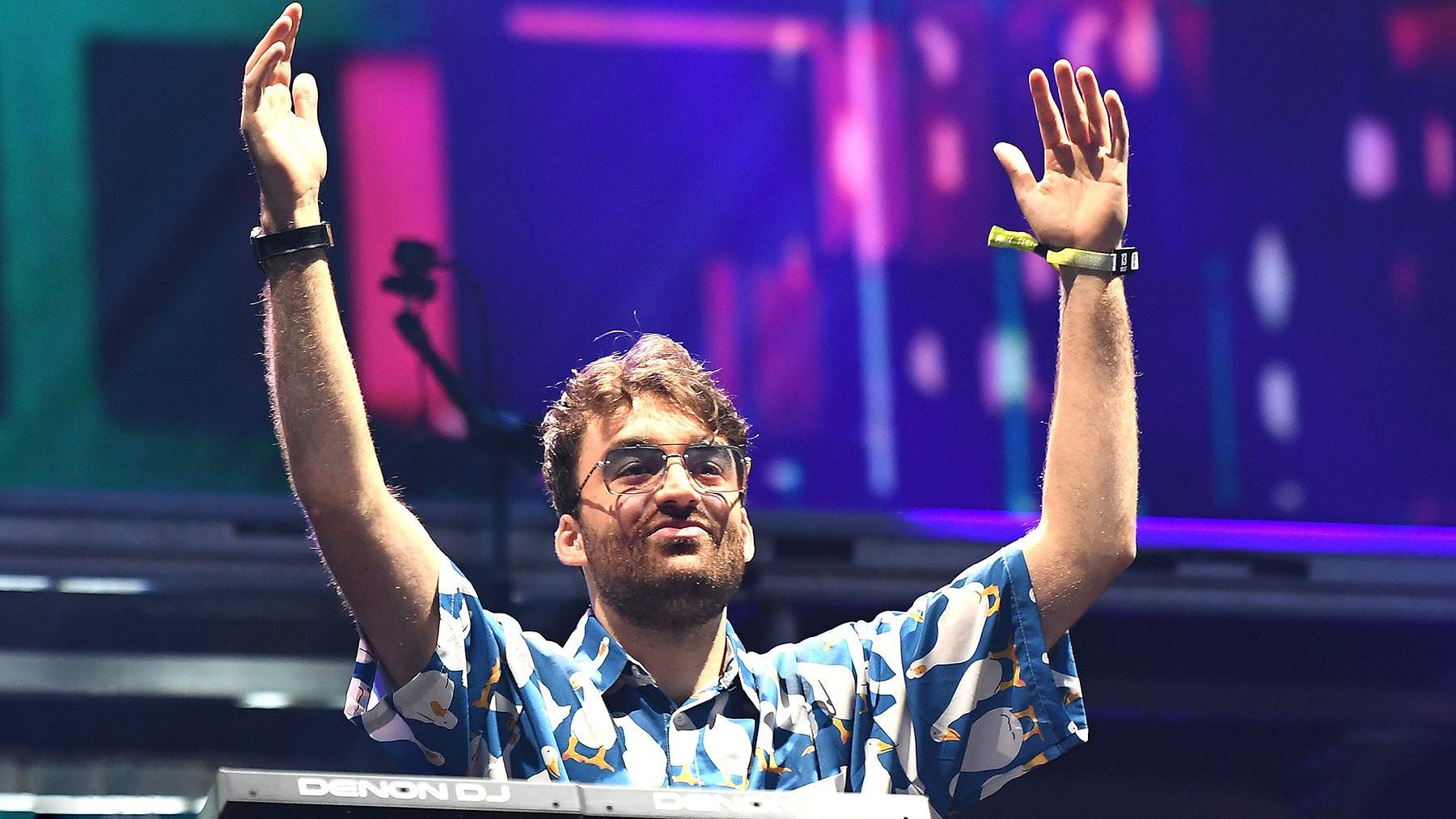 Oliver Heldens DJing at a music festival, representing modern dance music trends.
Oliver Heldens DJing at a music festival, representing modern dance music trends.
By the mid-2010s, the formulaic build-and-drop structure prevalent in dance music was losing favor, even among main-stage festival DJs. Oliver Heldens’ “Melody” signaled a shift. Released when Heldens was only 18, this track introduced a more refined dance music classicism with dramatic string arrangements and uplifting piano melodies, while maintaining a powerful bassline.
Kerri Chandler, ‘Rain’ (1998)
Kerri Chandler, a New Jersey house producer, is revered for his soulful tracks. He describes himself as a “vocalist” rather than a singer, expressing life stories through music. In “Rain,” Chandler’s almost tearful plea is punctuated by the repeated title, conveying deep emotion. However, the music, especially the playful xylophone solo, maintains a teasing, rather than purely melancholic, tone.
Detroit Grand Pubahs, ‘Sandwiches’ (2000)
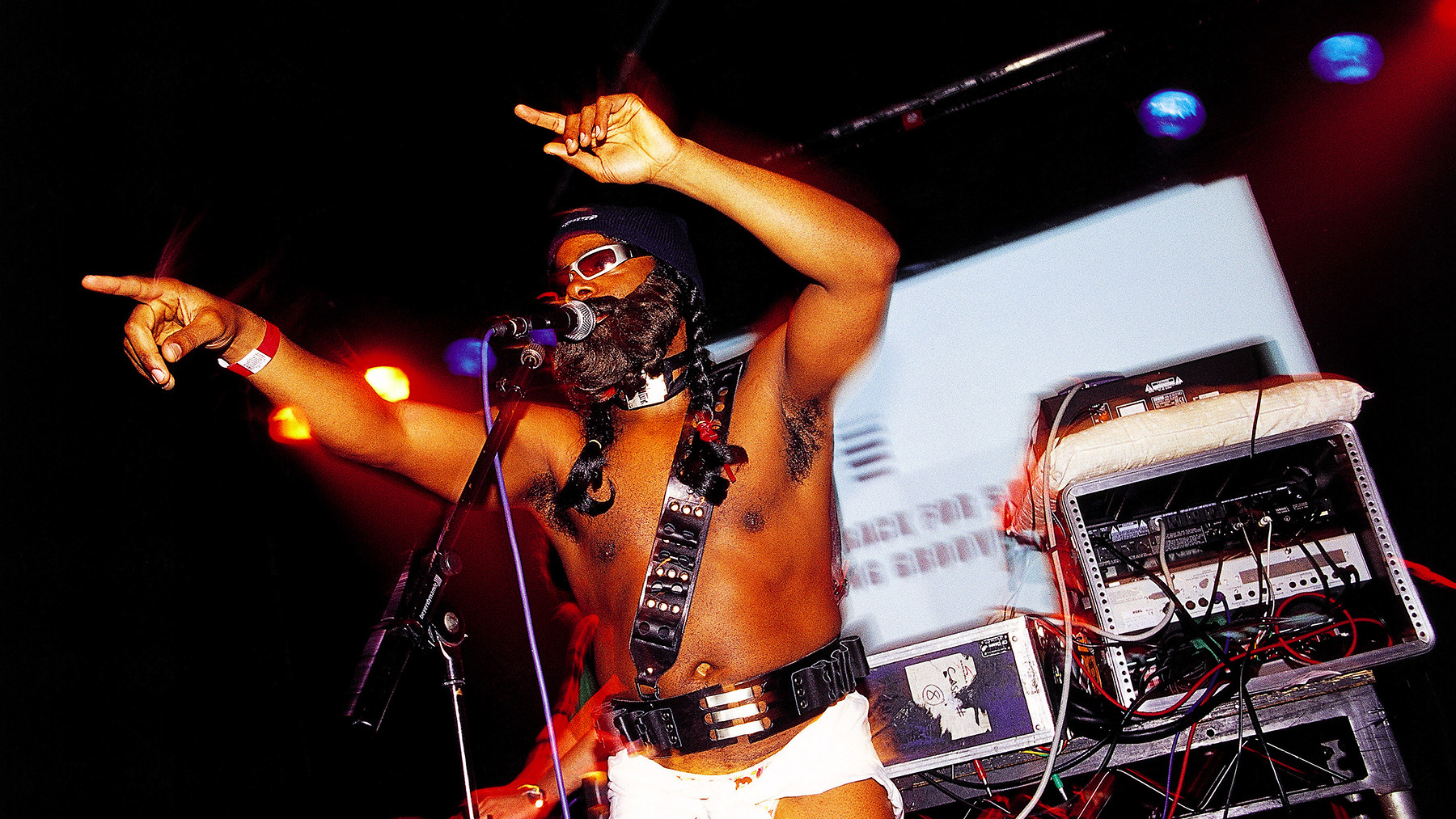 Paris the Black Fu of Detroit Grand Pubahs performing live in London, showcasing electro music performance.
Paris the Black Fu of Detroit Grand Pubahs performing live in London, showcasing electro music performance.
Andy Toth and Mack Goudy, known as Dr. Toefinger and Paris the Black Fu of Detroit Grand Pubahs, met while working in a Michigan restaurant. Their shared love for whiskey and music led to collaborations. One night, Toth created a vibrant electro track, and Paris spontaneously improvised lyrics about a dance-floor encounter. This impromptu recording became “Sandwiches,” a significant pop moment in Detroit’s electro revival and a global club hit.
Black Box, ‘Everybody Everybody’ (1990)
“Everybody Everybody” emerged from controversial circumstances. Martha Wash of the Weather Girls was hired to record demos for Italian producers Groove Groove Melody, with the understanding that her vocals were for demonstration purposes. Instead, the tracks were released under the name Black Box with Wash’s uncredited vocals. Adding insult to injury, a model was hired to lip-sync Wash’s vocals in music videos. Wash successfully sued for credit and compensation, highlighting unethical practices in the music industry. Daniele Davoli of Black Box later expressed regret, admitting to learning from their mistakes.
Big Freedia, ‘Azz Everywhere’ (2010)
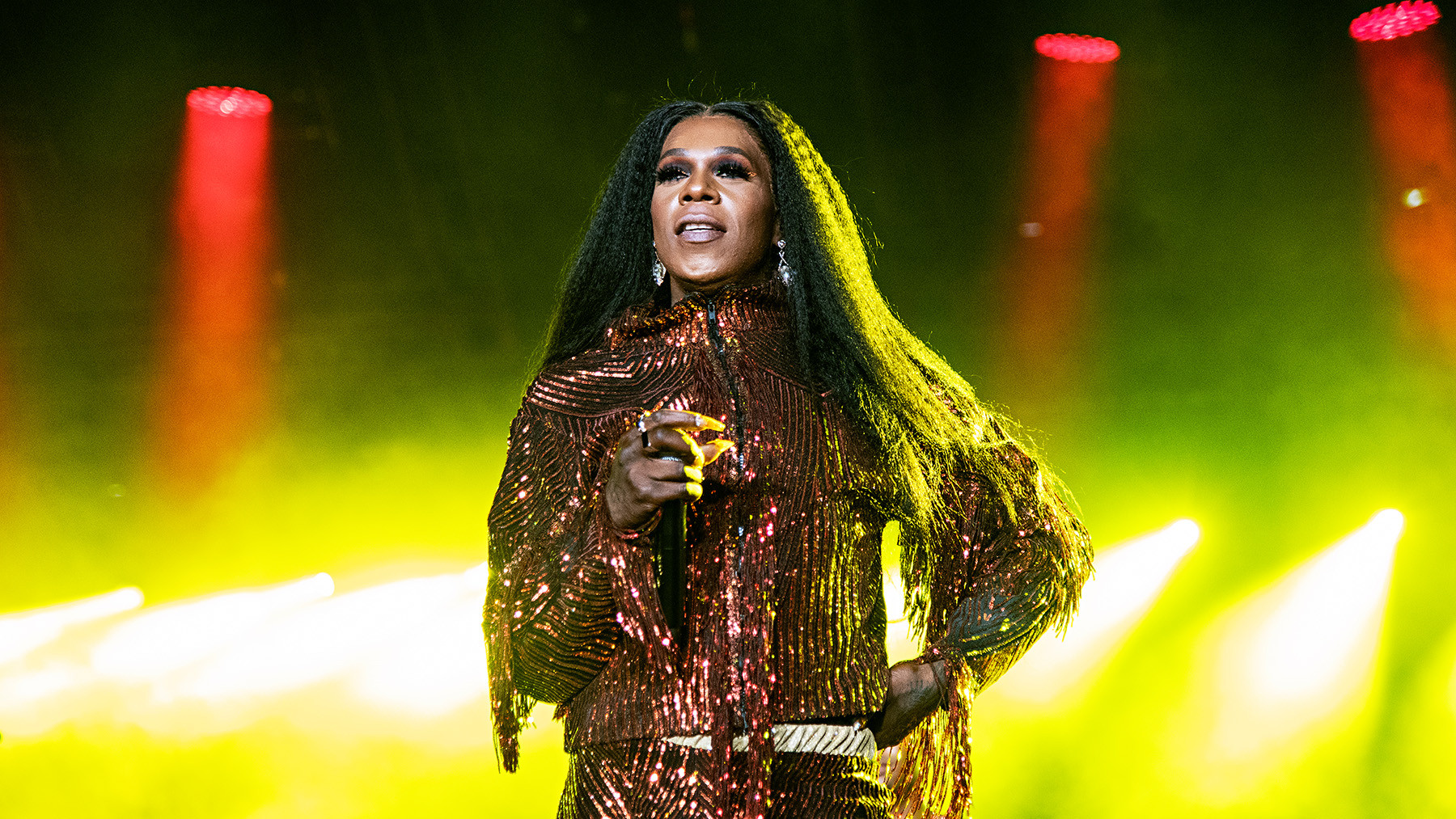 Big Freedia performing at Essence Festival in New Orleans, representing bounce music culture.
Big Freedia performing at Essence Festival in New Orleans, representing bounce music culture.
Big Freedia, a champion of New Orleans bounce music, described it as a fast-paced, bass-heavy, call-and-response genre, intrinsically linked to twerking. “Azz Everywhere” became a breakout track for bounce, characterized by a flurry of snares, samples, and the repeated shouted title. Big Freedia actively promotes bounce music, even conducting classes on its history and cultural significance.
Joy Orbison, ‘Hyph Mngo’ (2009)
In the late 2000s, dubstep was evolving, leading to a wave of experimental tracks. Joy Orbison’s debut, “Hyph Mngo,” became the defining dubstep track of 2009. Its smooth bassline and synth textures, combined with ricocheting snare drums and fragmented vocal samples (“Ooh!” and “I do”), created an unexpectedly emotional depth within the dubstep genre, contributing to its mainstream appeal.
ESG, ‘Moody’ (1981)
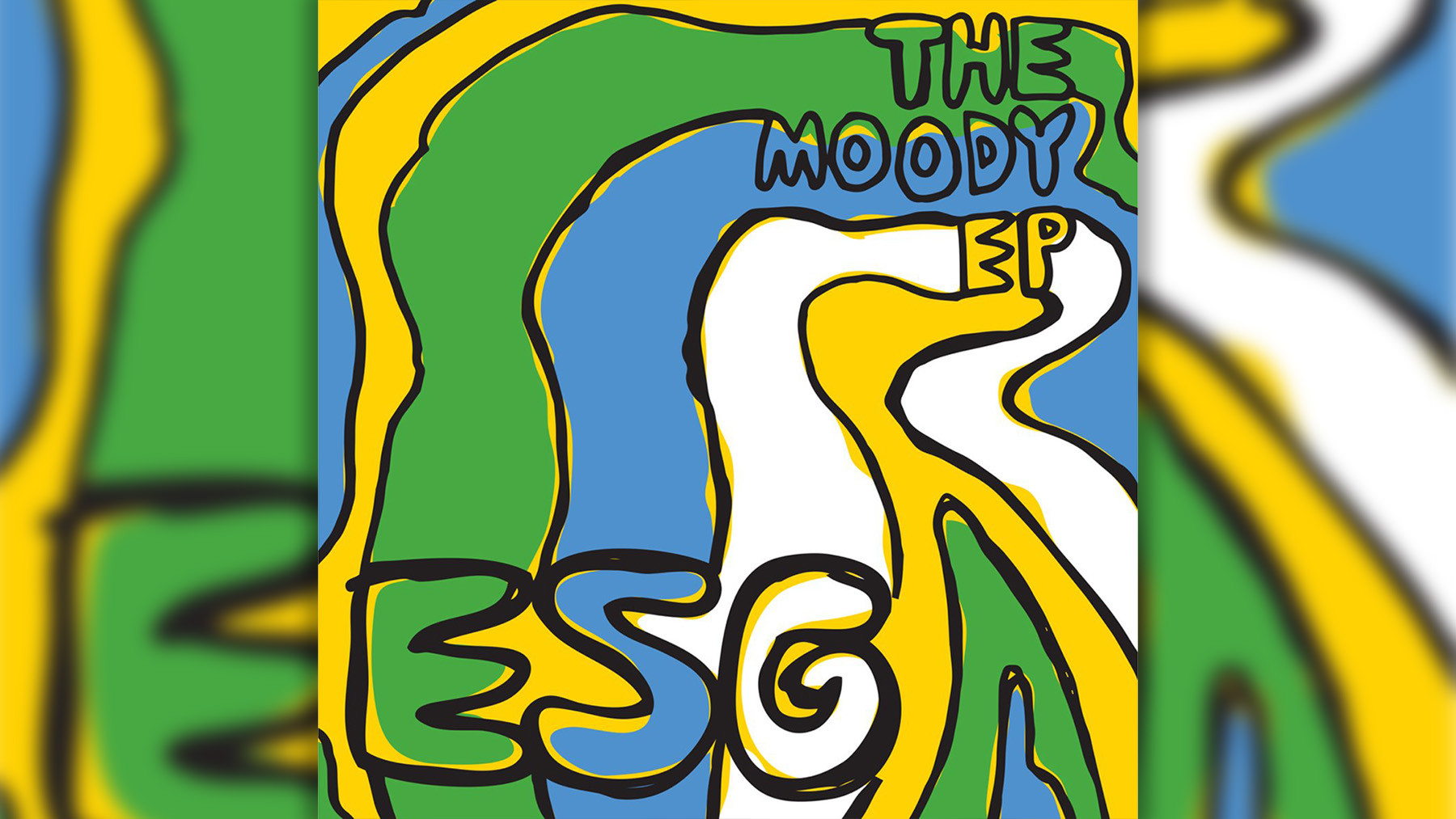 ESG performing Moody, a foundational track in post-punk and dance music fusion.
ESG performing Moody, a foundational track in post-punk and dance music fusion.
The Scroggins sisters, forming ESG in the South Bronx, significantly impacted New York dance music in the late 1970s. While their sound drew from funk and disco, their minimalist approach and focus on percussion resonated with post-punk and no-wave scenes. Their debut EP, produced by Joy Division’s Martin Hannett, solidified their unique sound. “Moody,” the EP’s centerpiece, remains futuristic with its bassline, bongo rhythms, and Renee Scroggins’ ethereal vocals.
La Roux, ‘In for the Kill (Skream’s Let’s Get Ravey Remix)’ (2009)
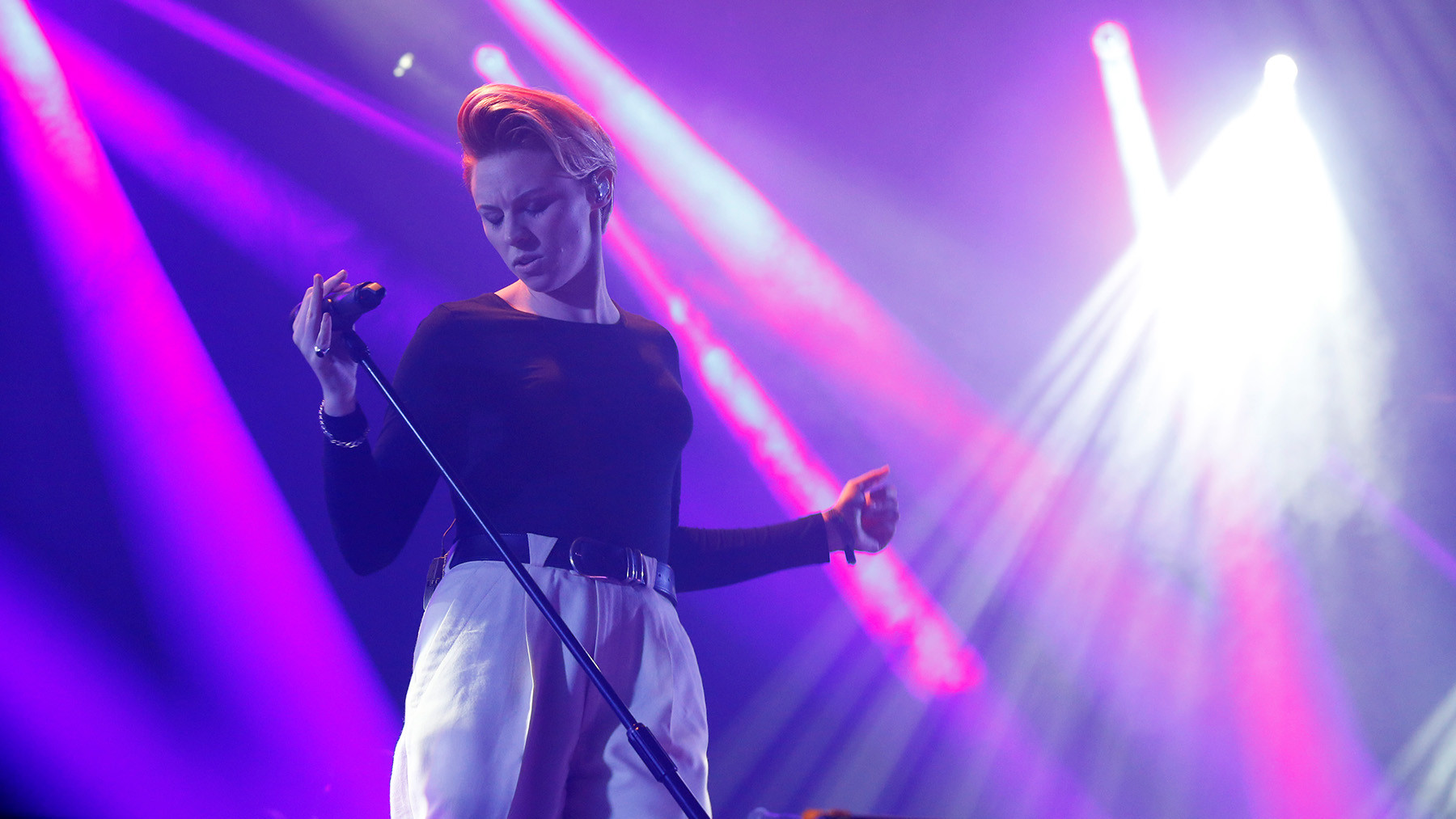 La Roux performing In for the Kill, a synth-pop track reimagined through remix culture.
La Roux performing In for the Kill, a synth-pop track reimagined through remix culture.
Artists sometimes have mixed feelings about remixes, but La Roux’s Elly Jackson praised Skream’s remix of “In for the Kill.” Jackson felt Skream not only captured but enhanced the original song’s essence. Skream’s remix stripped away the original’s pop beat, creating a tense atmosphere that explodes into drum-and-bass breaks. Jackson admitted Skream’s version was bolder and more experimental than what La Roux would have originally dared to create for a pop record.
Double 99, ‘RIP Groove’ (1997)
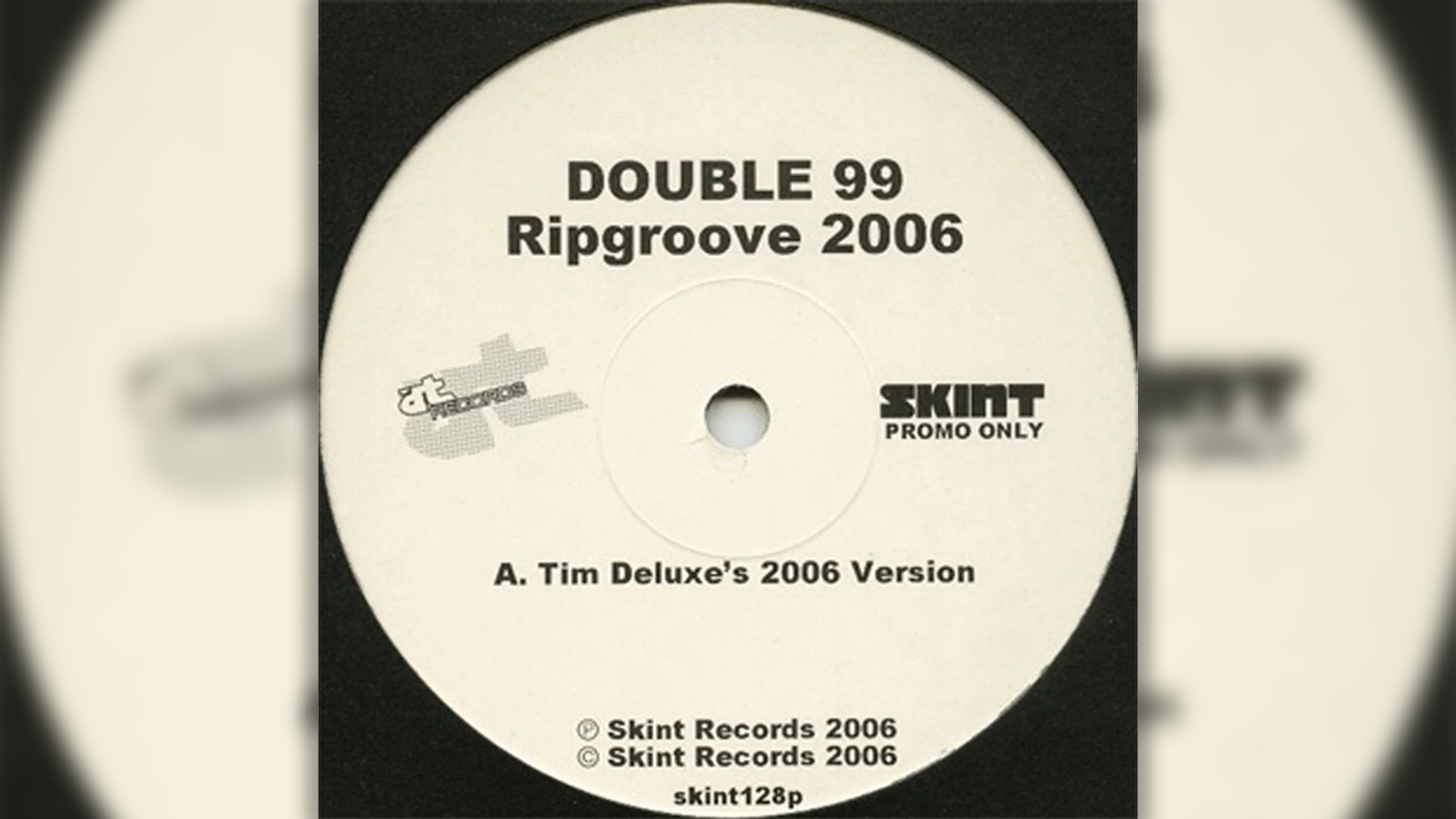 Double 99 in a promotional shot, representing UK garage music in the late 90s.
Double 99 in a promotional shot, representing UK garage music in the late 90s.
London producers Tim Deluxe and DJ Omar, initially known as RIP, rebranded as Double 99 to mark a double-pack vinyl EP release. “RIP Groove,” named as a tribute to their previous moniker, was quickly produced using samples from Armand Van Helden’s remix of CJ Bolland’s “Sugar Is Sweeter,” Kenny Dope, and Tina Moore. Created in just three hours, it became a massive hit in 1997, popularizing UK garage (then called “speed garage”) and introducing a new sound to pop charts.
Snap!, ‘The Power’ (1990)
“The Power” exemplifies a dance music archetype: German producers sampling American artists to create a global hit. Snap! sampled rapper Chill Rob G and R&B vocalist Jocelyn Brown. The track was then re-recorded with Turbo B, an American G.I. based in Germany, after being picked up by Arista Records. Chill Rob G also re-recorded his version as Power Jam feat. Chill Rob G. “The Power” became a blueprint for Europop, establishing a formula of rap verses, sung choruses, and repeated rap sections.
DJ Frosty feat. Fatman Scoop, DJ Webstar, Young B. & Smooth, ‘Ride That Wave (Remix)’ (2010)
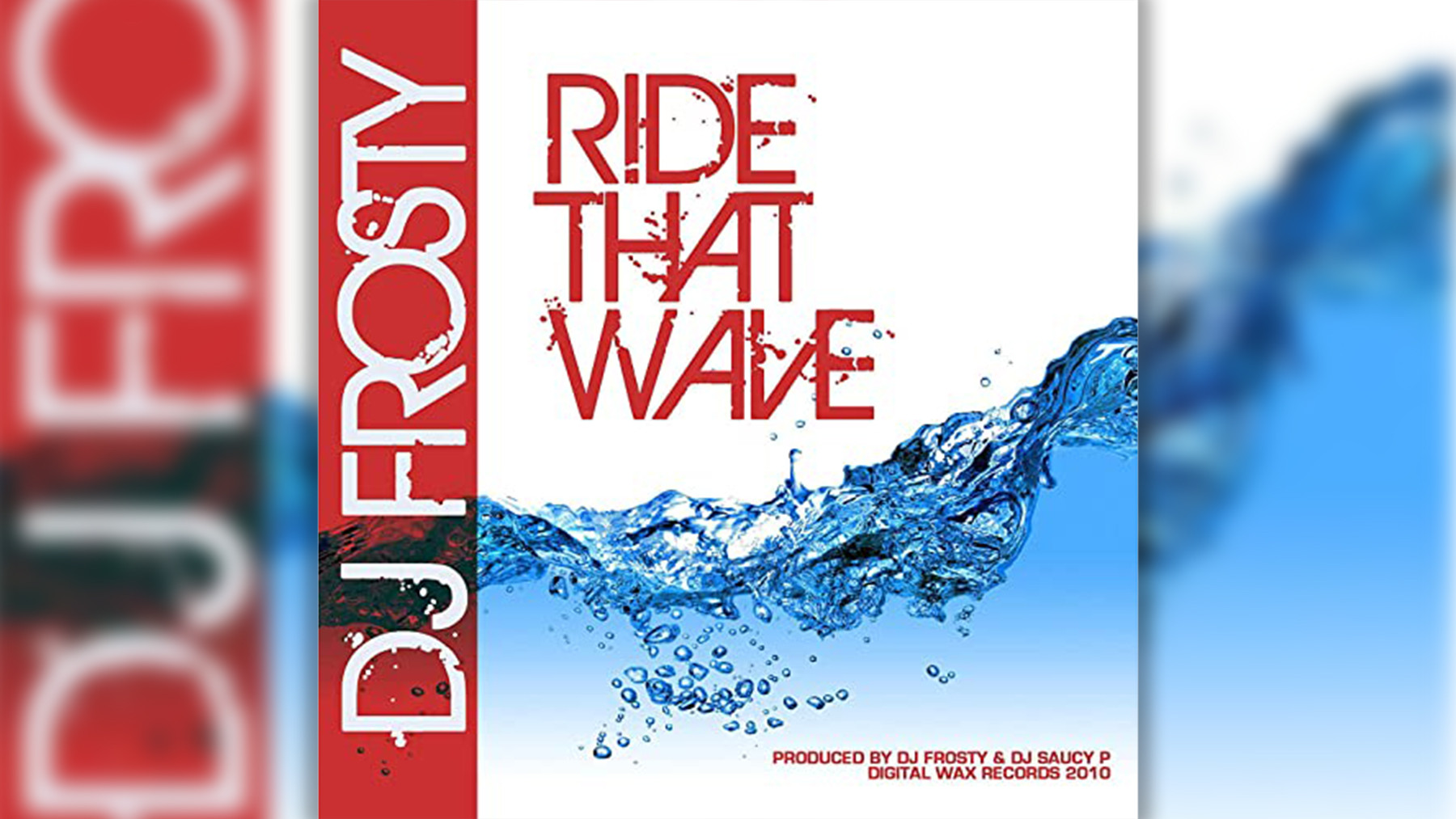 DJ Frosty, an artist in the Jersey club music scene.
DJ Frosty, an artist in the Jersey club music scene.
Jersey club, originating in Newark, New Jersey (initially called Brick City club), is characterized by syncopated rhythms, clipped vocal samples, and a visceral yet non-violent energy, reminiscent of hip-house. DJ Frosty’s “Ride That Wave” embodies these elements, becoming a catchy chant-along track that gained popularity as Jersey club began influencing EDM producers globally, eventually reaching mainstream artists like Drake on Honestly, Nevermind. The remix featured Fatman Scoop, known for his 90s hip-hop cut-ups, further bridging different eras of dance music.
Todd Terje, “Inspector Norse” (2012)
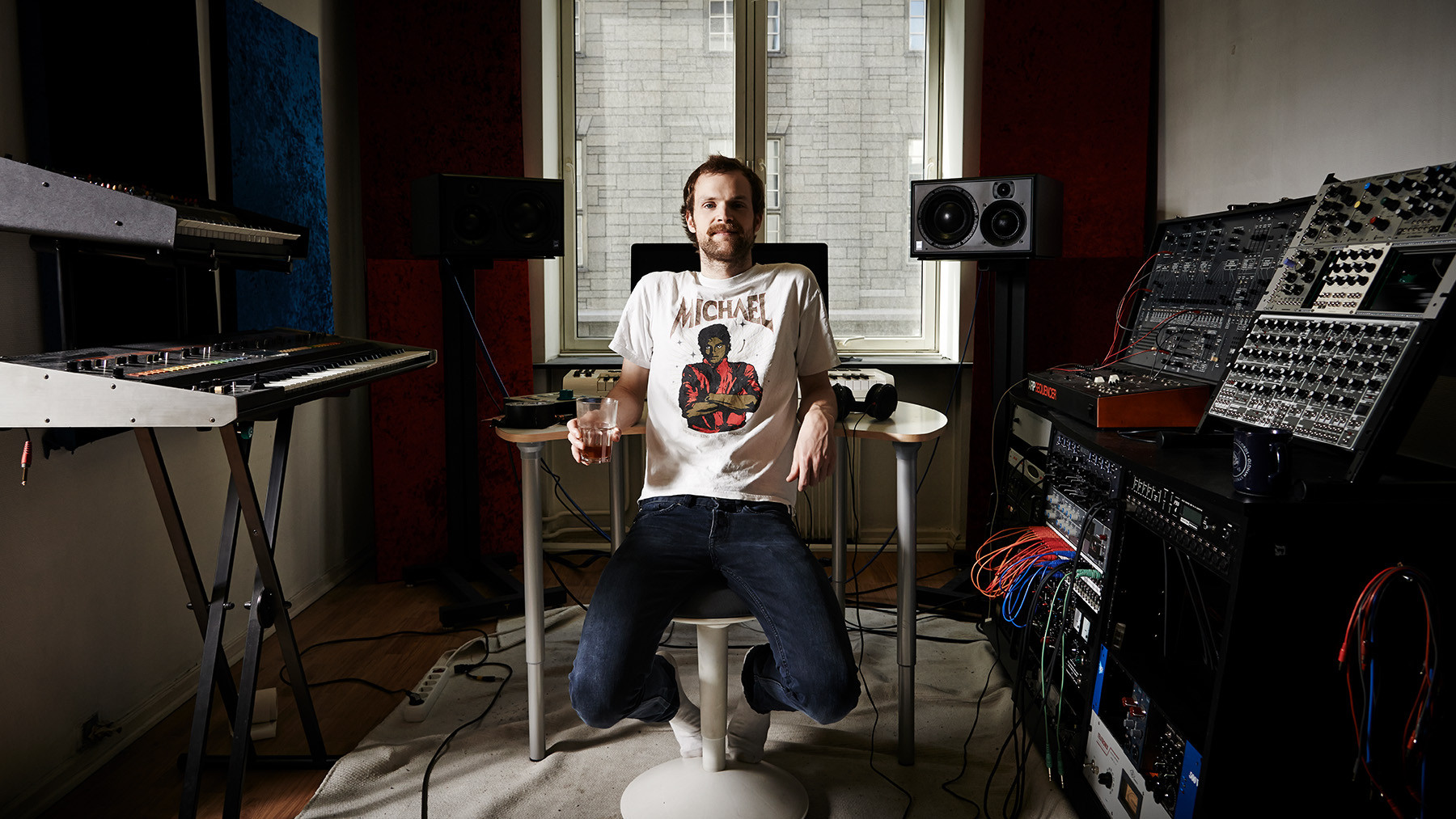 Todd Terje performing live, representing nu-disco and electronic music performance.
Todd Terje performing live, representing nu-disco and electronic music performance.
Norwegian nu-disco producer Todd Terje created “Inspector Norse” using only sounds from a vintage ARP synthesizer for his It’s the Arps EP. He was surprised by the track’s widespread appeal. Intended for DJs due to its danceable beat, “Inspector Norse” became unexpectedly popular, with audiences singing along to its memorable melody. Terje acknowledged its significant impact on his DJ career and popularity.
The Rapture, ‘House of Jealous Lovers’ (2002)
 The Rapture performing House of Jealous Lovers in New York City in 2002, capturing the dance-punk era.
The Rapture performing House of Jealous Lovers in New York City in 2002, capturing the dance-punk era.
James Murphy of DFA, co-producer of “House of Jealous Lovers,” described its creation as almost “sacrilegious” at the time. The goal was to create a rock track that could compete in dance music venues. The Rapture’s debut single combined Gang of Four-inspired guitar riffs and shout-along vocals with a powerful beat and bassline designed to appeal to dance DJs. It succeeded, becoming a defining track of the early 2000s “dance-punk” movement, influencing numerous New York bands and transforming indie bars with DJ booths and turntables.
TNGHT, ‘Higher Ground’ (2012)
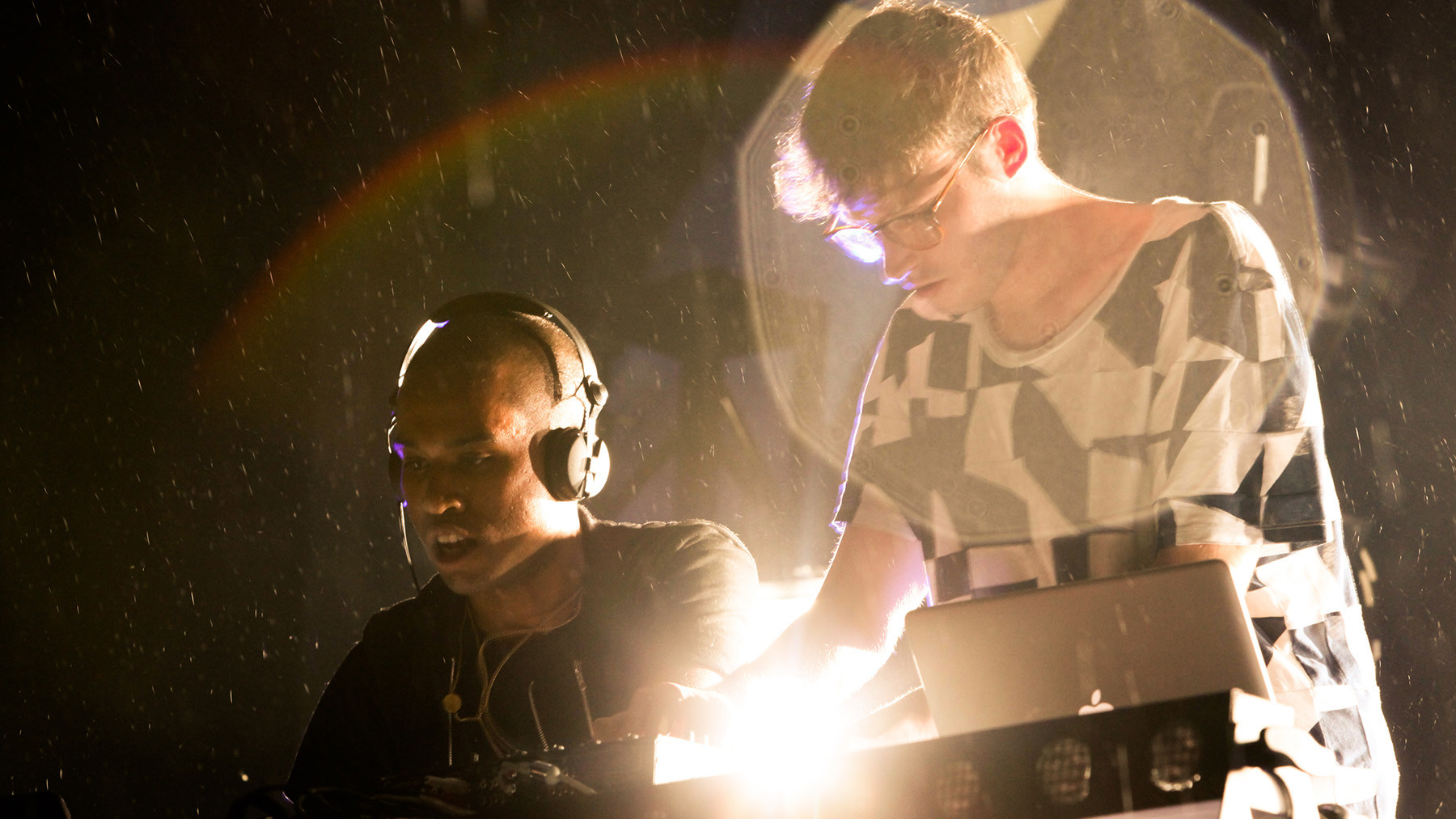 TNGHT performing, representing trap and EDM fusion in electronic music.
TNGHT performing, representing trap and EDM fusion in electronic music.
Hudson Mohawke of TNGHT described their 2012 EP with Lunice as their take on “big American rap beats with cheekiness.” The five-song EP, featuring “Higher Ground,” propelled them into the EDM spotlight with its trap-influenced sound. “Higher Ground” is characterized by its grand, detailed sound. Within a year, Kanye West enlisted TNGHT to produce “Blood on the Leaves” for his album Yeezus, demonstrating their significant impact.
Roni Size and Reprazent, ‘Brown Paper Bag’ (1997)
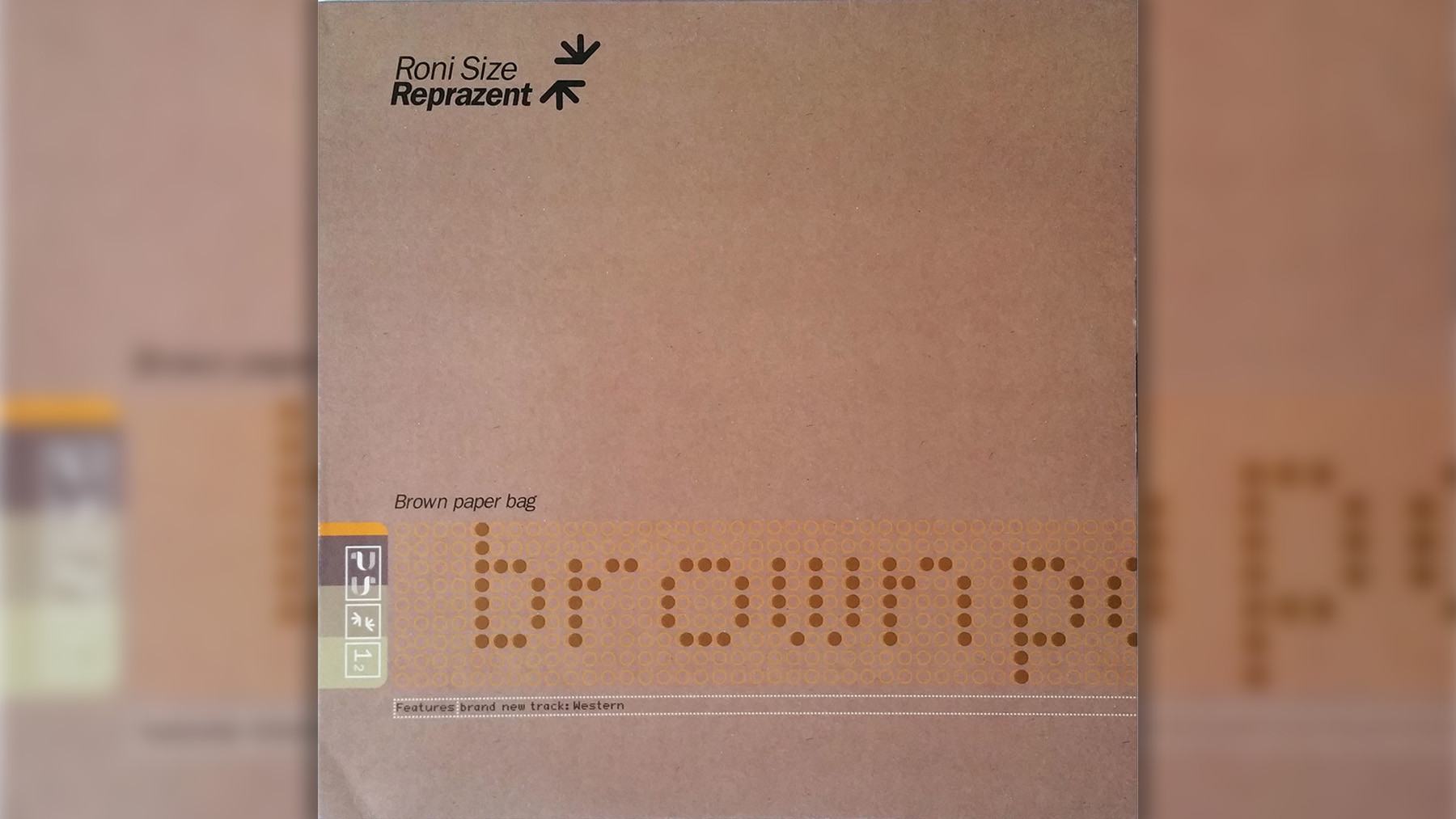 Roni Size and Reprazent performing Brown Paper Bag, representing drum and bass with jazz influences.
Roni Size and Reprazent performing Brown Paper Bag, representing drum and bass with jazz influences.
In the late 1990s, drum and bass was diversifying and distancing itself from its dancehall and hip-hop roots. Roni Size and Reprazent, from Bristol, England, created drum and bass that felt both experimental and rooted in its Black origins. They fused fast-paced beats with jazz-funk elements. “Brown Paper Bag,” their most famous track from the 1997 album New Forms, divided audiences with its jazz influences, attracting a broader audience beyond traditional drum and bass fans.
Soul II Soul, ‘Back to Life (However Do You Want Me)’ (1989)
Soul II Soul, led by Jazzie B and Nellee Hooper, originated as a London sound system playing reggae and soul. When they began recording in the late 1980s, their smooth grooves blended both genres. Initially intended for their own sound system parties, tracks like “Back to Life” gained wider attention. “Back to Life” became a major hit, reaching Number One on the Billboard R&B chart and Top Five on the Hot 100, showcasing their crossover appeal.
Felix da Housecat, ‘Silver Screen Shower Scene’ (2001)
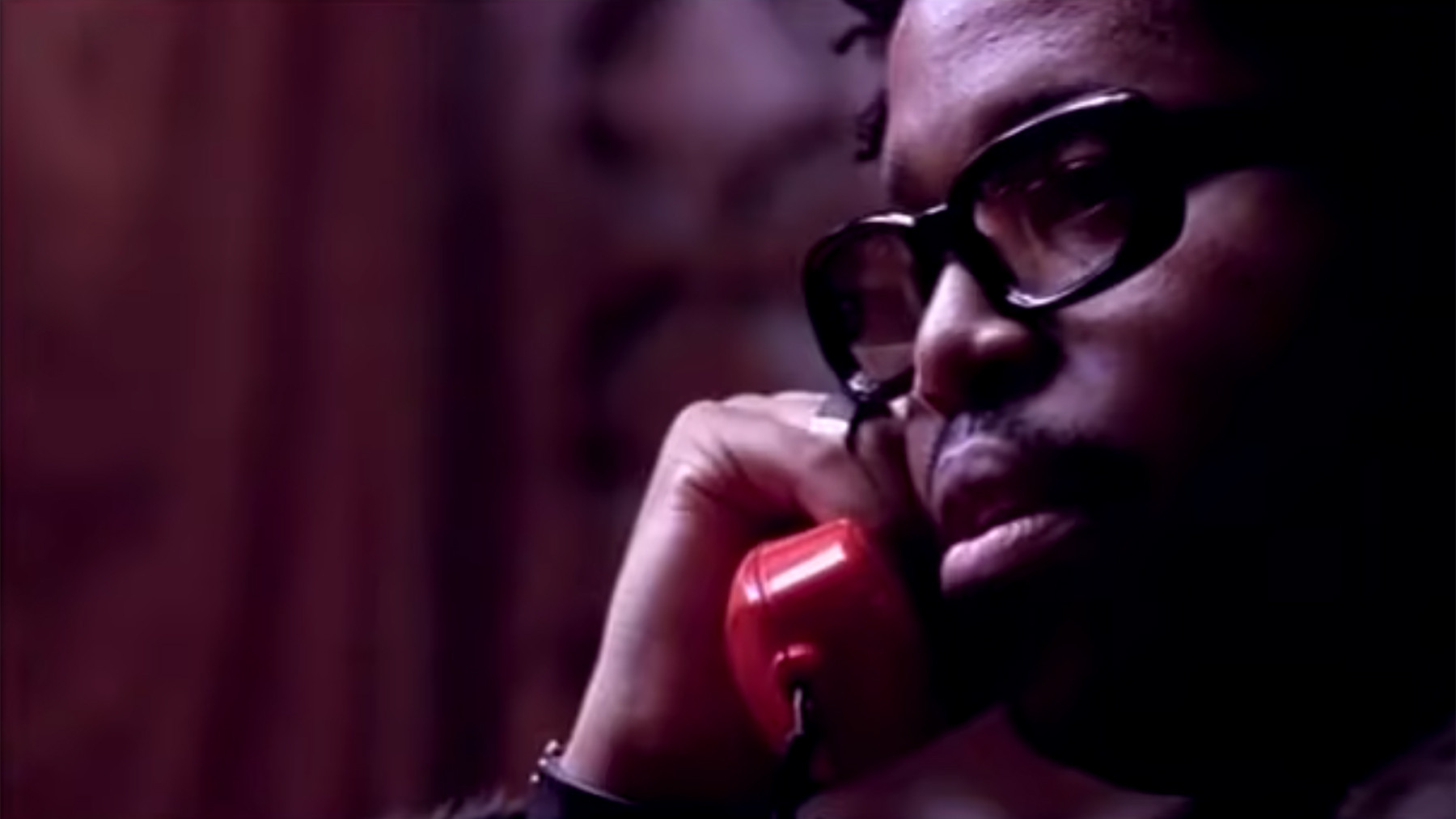 Felix Da Housecat DJing, a pioneer of electroclash and Chicago house music.
Felix Da Housecat DJing, a pioneer of electroclash and Chicago house music.
Felix Stallings Jr., known as Felix da Housecat, is a Chicago house veteran, having created the acid house classic “Fantasy Girl” in high school. For his 2000 album Kittenz and Thee Glitz, he collaborated with artists like Junior Sanchez, Tommie Sunshine, and Miss Kittin, creating a conceptual work exploring celebrity and artifice. “Silver Screen Shower Scene” became an anthem with its celebrity-focused lyrics and sound, foreshadowing the electroclash era. The “Thin White Duke Remix” by Jacques Lu Cont further boosted its popularity among DJs.
Dntel feat. Ben Gibbard, “(This Is) The Dream of Evan and Chan (Superpitcher Kompakt Remix)” (2001)
Ben Gibbard of Death Cab for Cutie had a dream involving Evan Dando of the Lemonheads and Chan Marshall (Cat Power). He transformed this dream into a song, collaborating with Dntel (Jimmy Tamborello) before their Postal Service project. Dntel set Gibbard’s vocals to upbeat rhythms and synths. However, the Superpitcher remix, from Kompakt, enhanced the dreamlike quality with hazy synth layers and echoing bells, creating a truly immersive soundscape.
Patrick Cowley feat. Sylvester, ‘Do Ya Wanna Funk?’ (1982)
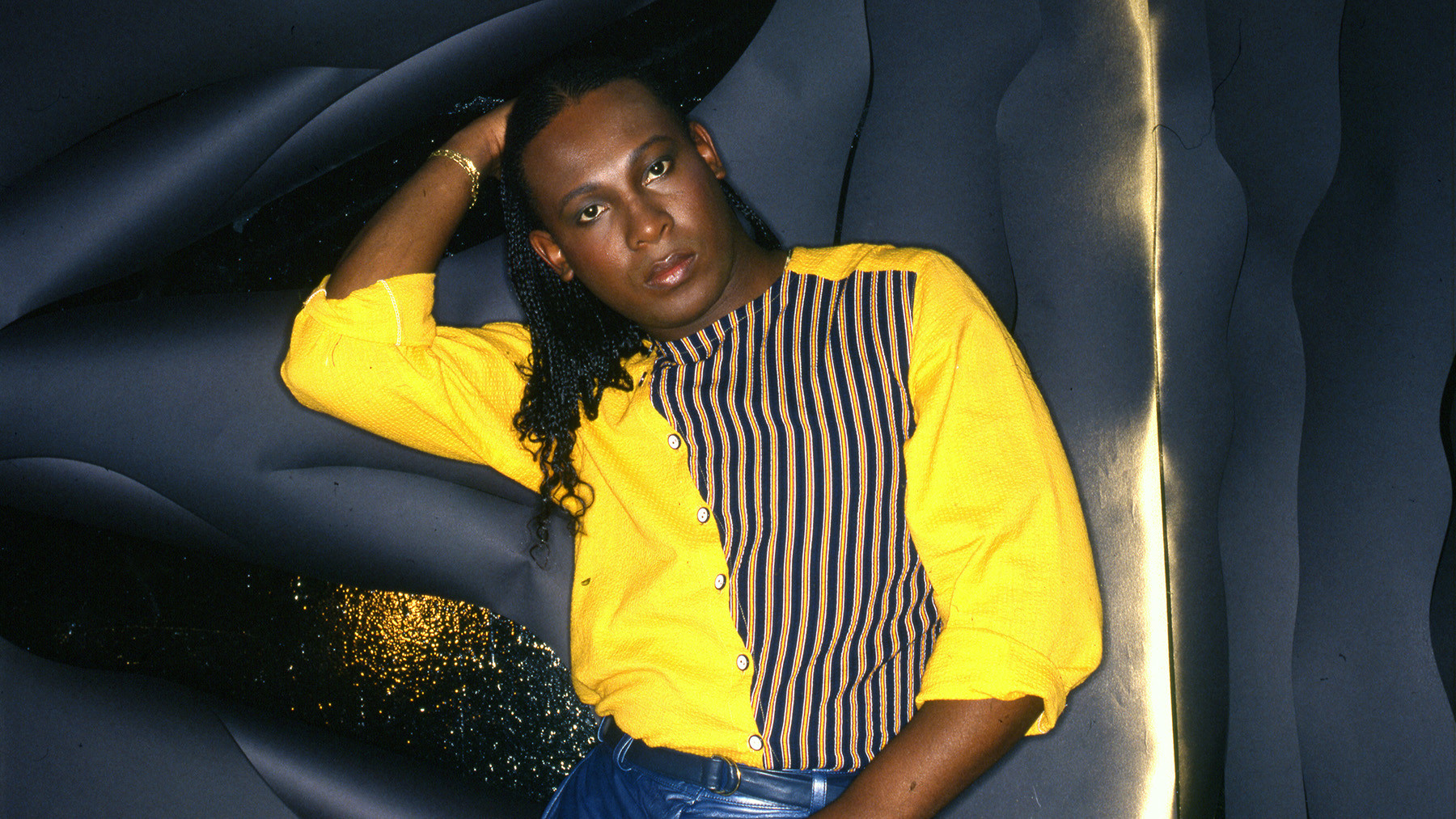 Sylvester James, an icon of disco and Hi-NRG music, performing in the 1980s.
Sylvester James, an icon of disco and Hi-NRG music, performing in the 1980s.
Patrick Cowley, a synth innovator, pioneered Hi-NRG, a genre popular in gay clubs, through his solo work and collaborations with Sylvester. He also created a 16-minute extended version of Donna Summer’s “I Feel Love.” Despite falling ill in 1981 and passing away from AIDS-related illness in 1982, Cowley continued to create music. “Do Ya Wanna Funk” remains a landmark of Hi-NRG, featuring soaring synth riffs and Sylvester’s iconic falsetto. It was also famously featured in the movie Trading Places.
Funkadelic, ‘One Nation Under a Groove’ (1978)
![]() Funkadelic performing One Nation Under a Groove, a banjo-led funk anthem.
Funkadelic performing One Nation Under a Groove, a banjo-led funk anthem.
“One Nation Under a Groove,” distinguished by its banjo lead, topped the R&B charts for six weeks in 1978. George Clinton assigned the song to Funkadelic, known for their guitar-heavy rock-funk, to give it more weight compared to Parliament’s horn-driven R&B. Clinton described Funkadelic as the “movement” and Parliament as the “smashing” force.
Evelyn Thomas, ‘High Energy’ (1984)
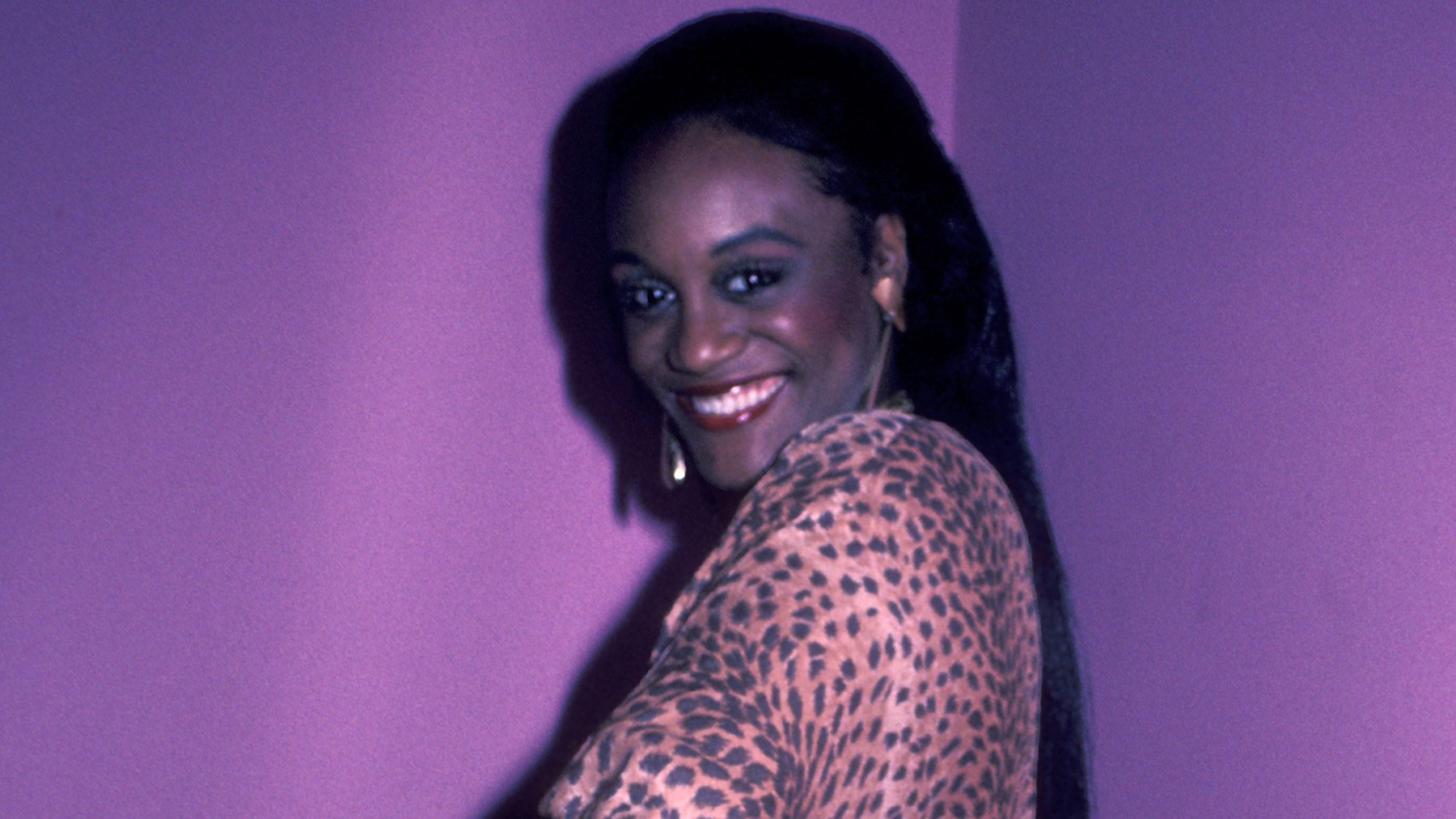 Evelyn Thomas at Limelight Disco in New York City in 1984, representing Hi-NRG music origins.
Evelyn Thomas at Limelight Disco in New York City in 1984, representing Hi-NRG music origins.
“High Energy” is credited with naming the Hi-NRG genre in 1984. However, Manchester producer Ian Levine had been creating similar sounds with Chicago singer Evelyn Thomas since the 1970s. Levine, initially a Northern Soul DJ, transitioned to disco, incorporating synths. Smash Hits noted Levine’s blending of “gay disco and old Motown,” the core elements of Hi-NRG. “High Energy,” with its bold and cheerful sound, reached the UK Top Five and remains popular, as highlighted by The Blessed Madonna in her Bunker Podcast.
Daft Punk feat. Pharrell Williams and Nile Rodgers, ‘Get Lucky’ (2013)
Daft Punk’s collaboration with Pharrell Williams and Nile Rodgers on “Get Lucky” was born from a chance encounter at a Madonna party. Williams expressed his desire to work with Daft Punk, even offering to play tambourine. Inspired by Nile Rodgers’ style, Daft Punk played Williams a track they had created with Rodgers. Williams recorded his smooth vocals during that Paris visit. He praised the song’s vividness, suggesting it created a natural high without needing artificial stimulants.
Mat Zo and Porter Robinson, ‘Easy’ (2013)
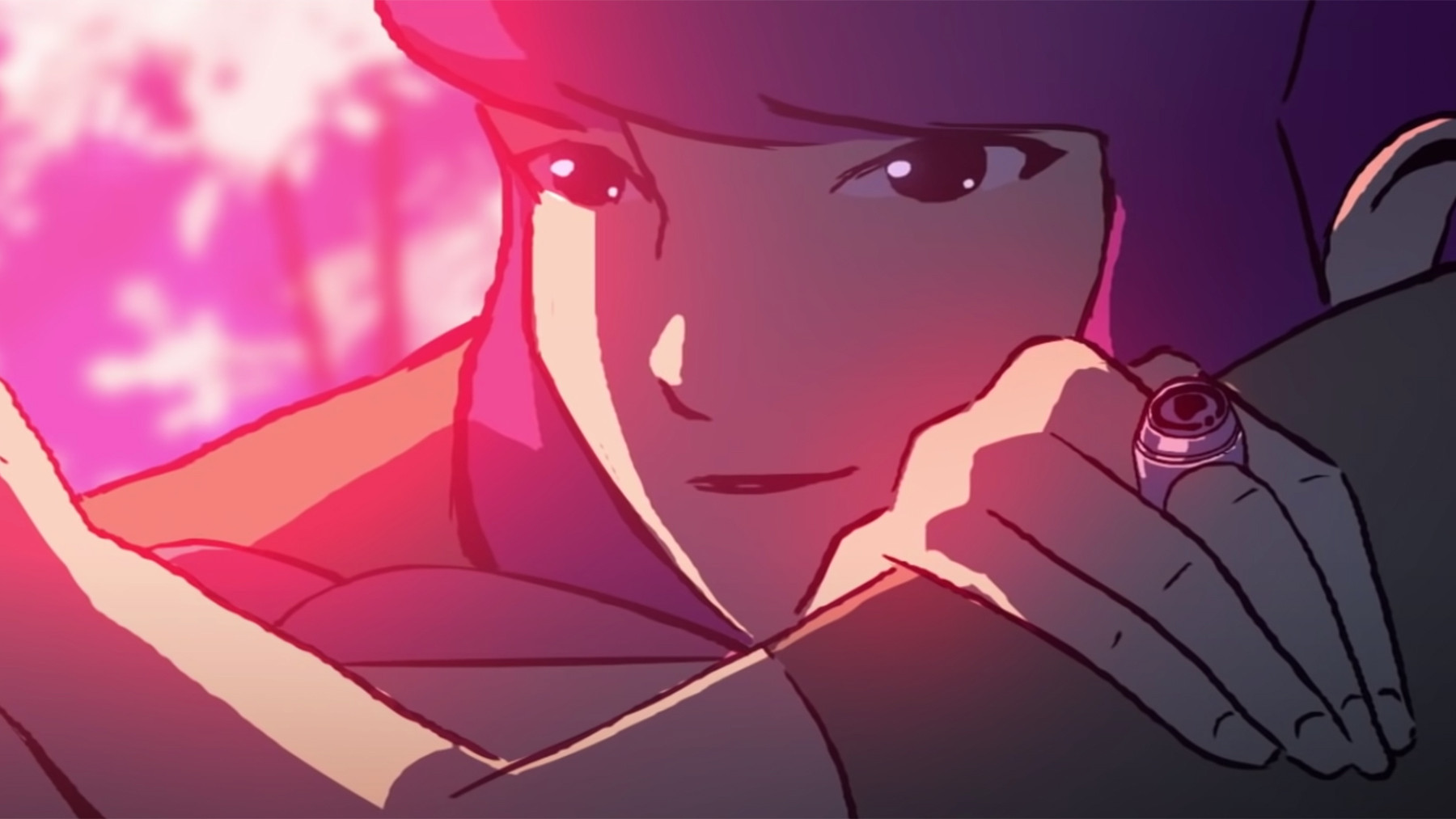 Porter Robinson and Mat Zo performing Easy, an homage to Daft Punk's Discovery.
Porter Robinson and Mat Zo performing Easy, an homage to Daft Punk's Discovery.
Porter Robinson described “Easy,” his collaboration with Mat Zo, as an homage to Daft Punk’s Discovery. It updates the disco chords of early French house with a trance-inspired feel. The track blends glittery and classic elements, featuring a synth line reminiscent of a Theremin and a Moog, and a vocal sample from Colourblind’s “Nothing Better” that adds emotional depth often missing in stadium EDM of that era.
Justice vs. Simian, “We Are Your Friends” (2006)
Justice’s “We Are Your Friends” originated from a remix contest for Simian’s “Never Be Alone.” Gaspard Augé and Xavier de Rosnay of Justice, lacking music software, used only a sampler, sequencer, and synthesizer, downloading just the chorus vocal. The result was a raw, energetic track bridging electroclash and EDM. “We Are Your Friends” became a hit in 2006, launching Justice’s career and prompting Simian to transform into the dance act Simian Mobile Disco.
Martin Garrix, ‘Animals’ (2013)
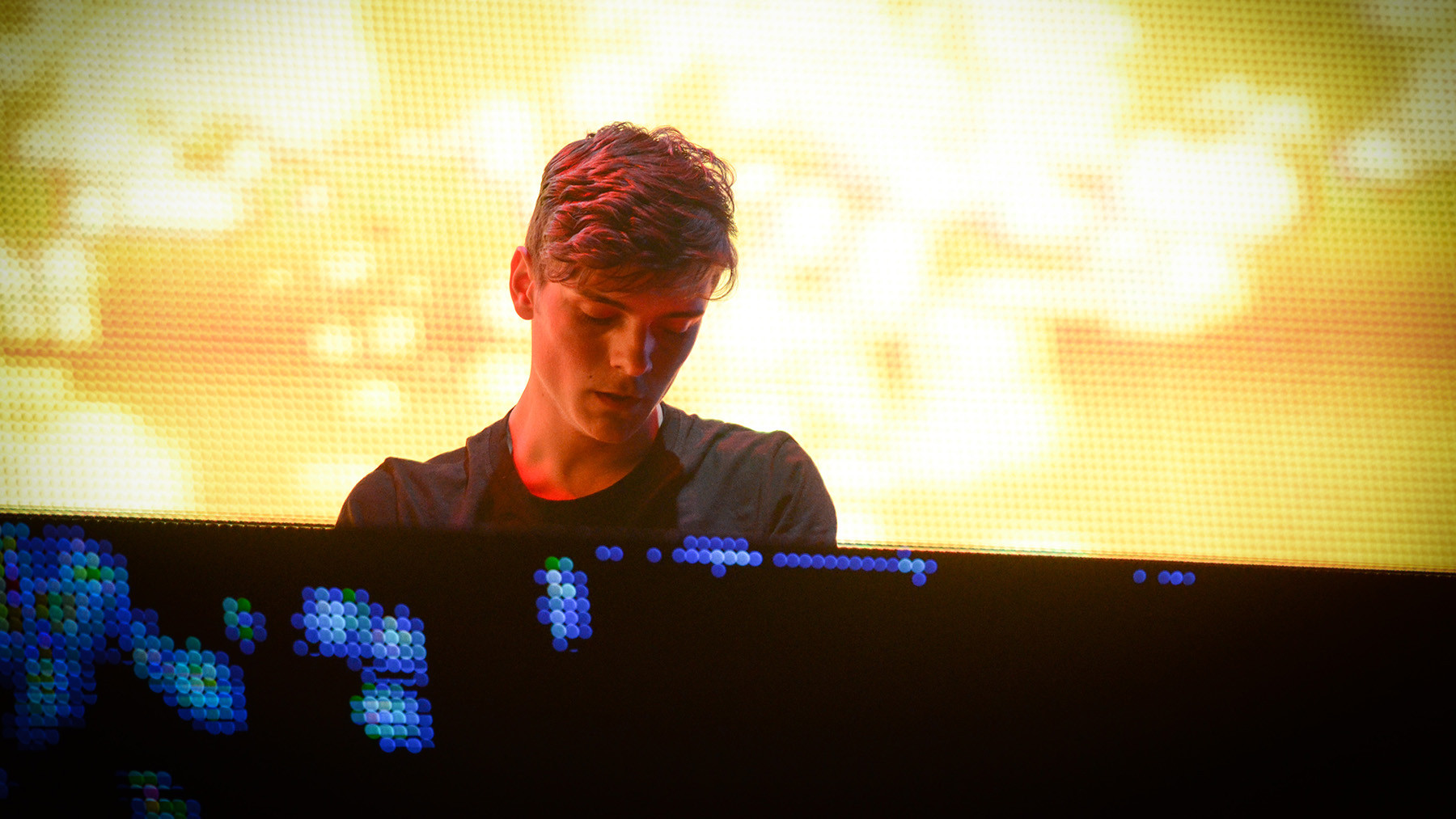 Martin Garrix performing at Coachella Music Festival, representing the young generation in EDM.
Martin Garrix performing at Coachella Music Festival, representing the young generation in EDM.
The early 2010s EDM boom highlighted youth in dance music. Martin Garrix’s instrumental track “Animals,” built around a catchy synth riff, became a global hit when he was only 18. Its success led to skepticism, with industry figures doubting his production skills. Garrix responded by doing livestreams and production tutorials to prove his abilities.
Debbie Deb, ‘Lookout Weekend’ (1984)
Debbie Deb’s “Lookout Weekend” is a quintessential freestyle track. Miami production pioneer Pretty Tony, who coined the term “freestyle music,” created airy, energetic tracks bridging KC and the Sunshine Band and 2 Live Crew’s sounds. “Lookout Weekend,” Debbie Deb’s second single with Tony, was freestyle at its peak. Like its predecessor “When I Hear Music,” “Weekend” went triple platinum, leading Tony to purchase two Porsches.
Tate Kobang, ‘Bank Rolls’ (2015)
 Tate Kobang performing Bank Rolls Remix, a modern tribute to Baltimore club music.
Tate Kobang performing Bank Rolls Remix, a modern tribute to Baltimore club music.
Tate Kobang’s “Bank Rolls (Remix)” pays tribute to Baltimore club music, sampling Tim Trees’ “Bank Roll.” Kobang’s remix honors Baltimore’s energy and resilience. He mentions K-Swift, a key figure in popularizing Baltimore club music before her death in 2008, acknowledging her lasting impact. “Bank Rolls (Remix)” introduced Baltimore club music to a wider audience.
Soft Cell, ‘Tainted Love/Where Did Our Love Go?’ (1981)
 Soft Cell performing Tainted Love, a synth-pop take on Northern soul classics.
Soft Cell performing Tainted Love, a synth-pop take on Northern soul classics.
Soft Cell’s Marc Almond and David Ball combined their love for Northern soul, 1960s music, and 12-inch records into “Tainted Love/Where Did Our Love Go?”. Their synth-pop version of Gloria Jones’ “Tainted Love” was a hit. For the extended version, they merged it with The Supremes’ “Where Did Our Love Go?”. This nine-minute medley became a New Wave disco classic, captivating dance floors for decades.
The Orb, ‘Little Fluffy Clouds’ (1990)
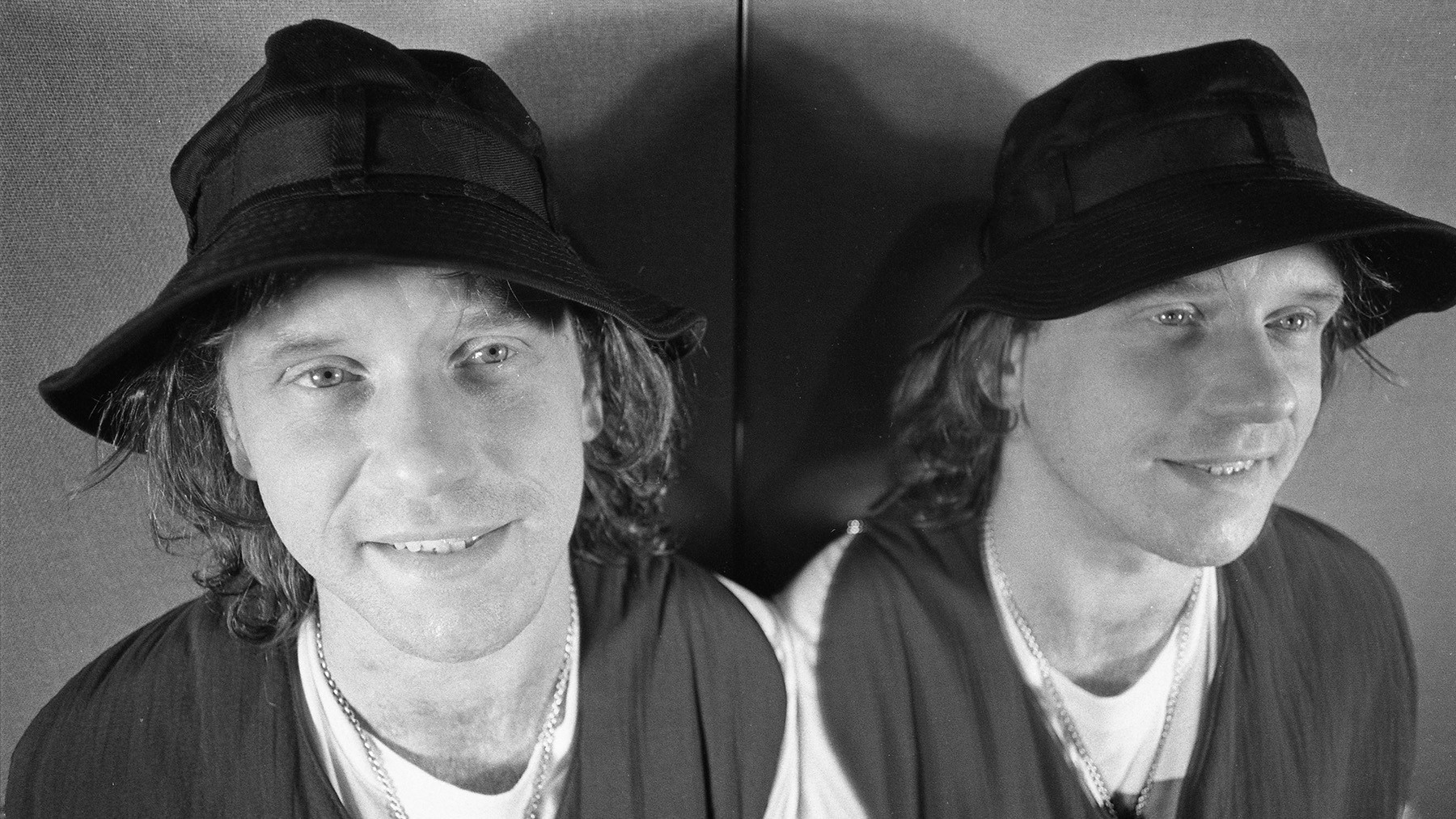 Alex Paterson of The Orb, a pioneer of ambient house music.
Alex Paterson of The Orb, a pioneer of ambient house music.
The Orb’s Alex Paterson created “Little Fluffy Clouds” from a tape given by a friend. Side A featured an interview with Rickie Lee Jones describing Arizona skies, and Side B contained Steve Reich’s Electric Counterpoint. Paterson combined them to create “Little Fluffy Clouds,” a defining track of the acid-house era. Reich was pleased with its mass appeal and accessibility.
Polygon Window, ‘Quoth’ (1993)
Richard D. James, known as Aphex Twin, also produced rave tracks under the name Polygon Window. “Quoth,” released as Polygon Window, is a prime example of his rave-oriented work. This percussion-heavy track became popular, especially in American Midwestern rave scenes, even in unconventional venues like barns.
Skream, ‘Midnight Request Line’ (2005)
 Skream DJing at Fabric Nightclub in London, representing dubstep's rise in the mid-2000s.
Skream DJing at Fabric Nightclub in London, representing dubstep's rise in the mid-2000s.
Skream’s “Midnight Request Line” marked a breakthrough for dubstep. He discovered its Record of the Month recognition while on holiday. The track, with its synth line, bass, and clap-heavy beat, propelled Skream and dubstep into the mainstream.
Paul Johnson, ‘Feel My M.F. Bass’ (1994)
Paul Johnson was a key figure in “ghetto house,” a raw, sample-based Chicago house style. Confined to a wheelchair, Johnson produced impactful tracks with a unique flair. “Feel My M.F. Bass” is a quintessential ghetto house track, featuring a powerful kick drum and Johnson’s playful vocals. His mixtapes and DJ sets, often featuring his dreamy voice-overs, were also notable.
Ten City, ‘That’s the Way Love Is’ (1989)
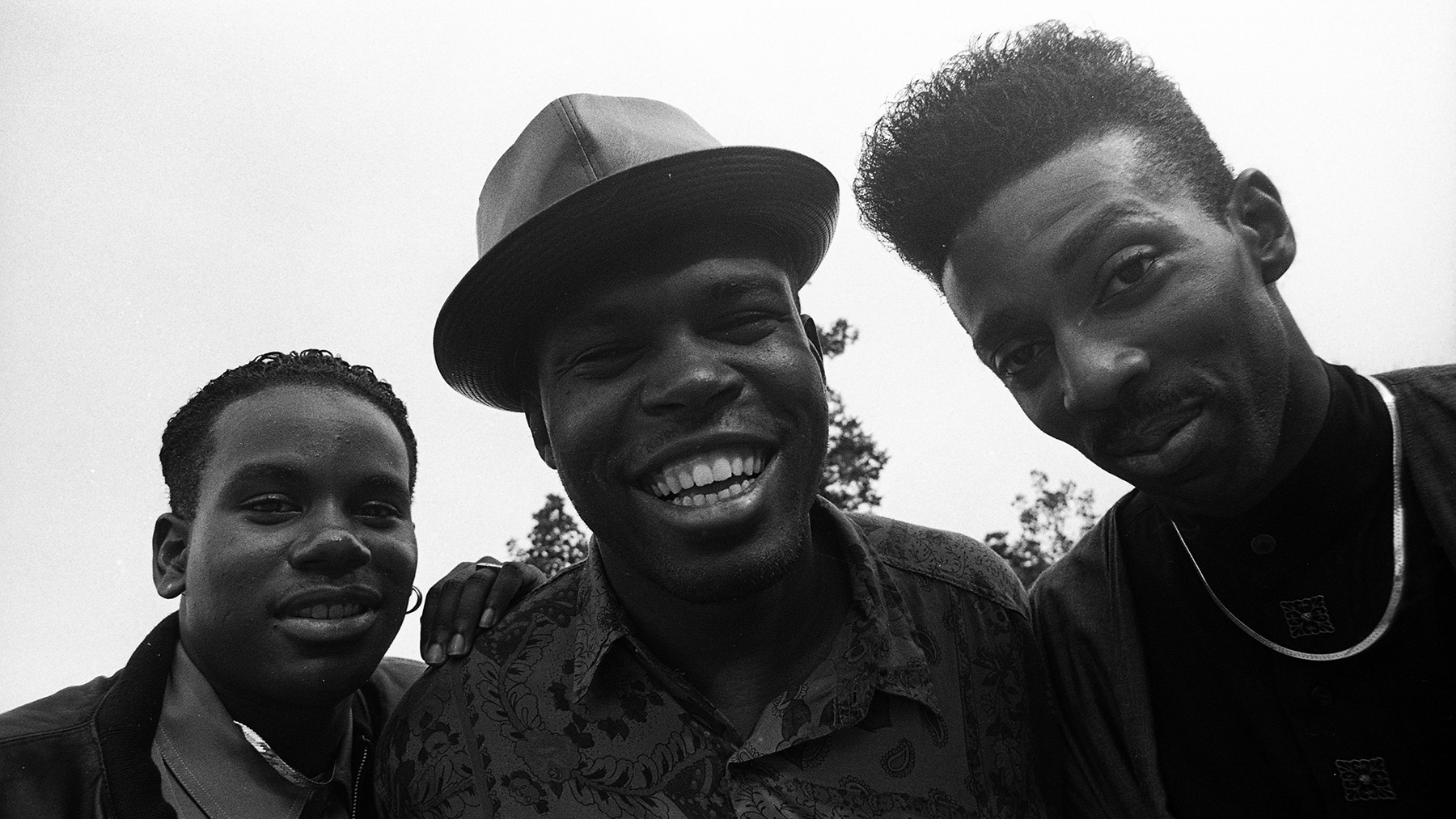 Ten City in London in 1990, representing vocal house music from Chicago.
Ten City in London in 1990, representing vocal house music from Chicago.
Marshall Jefferson, producer of Chicago house vocal trio Ten City, aimed to expand house music by incorporating songwriting with abstract elements. “That’s the Way Love Is” exemplifies their style, blending Philly soul strings and love songs with Byron Stingily’s high-pitched vocals. It reached the UK Top 10 and topped the Billboard dance chart, becoming a symbol of liberation for some in South Africa.
Nitzer Ebb, ‘Join in the Chant’ (1987)
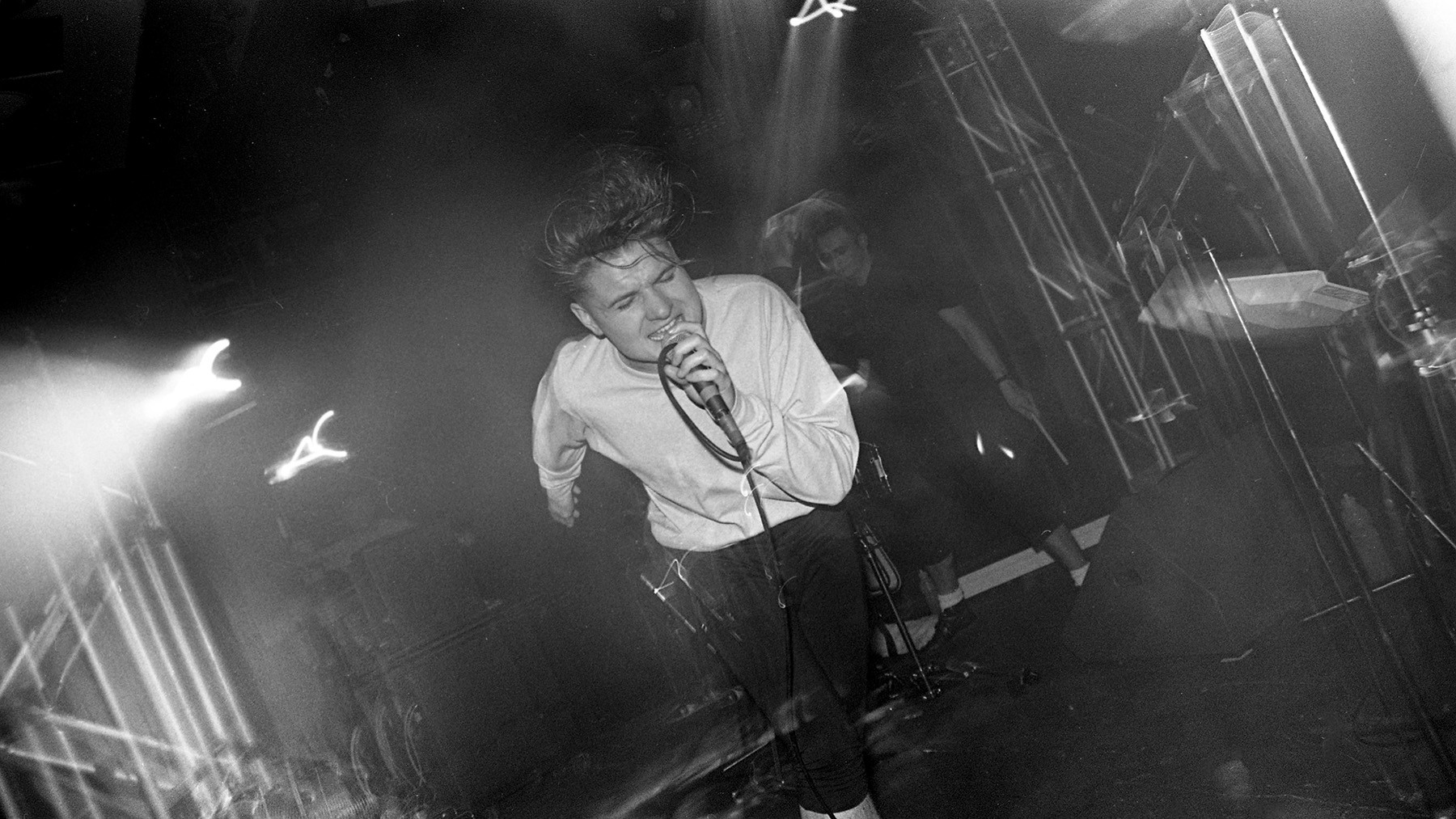 Nitzer Ebb performing Join in the Chant, a crossover hit in industrial and techno music.
Nitzer Ebb performing Join in the Chant, a crossover hit in industrial and techno music.
Nitzer Ebb, from England’s Midlands, blended industrial and dance elements. Frontman Douglas McCarthy cited disco and funk clubs as local influences. “Join in the Chant,” their most popular anthem, became a techno crossover hit, particularly in Detroit. Techno artists like Carl Craig and Jeff Mills, who had a background in industrial music, embraced it. Richie Hawtin included it in his Decks, EFX & 909 mix, and Andrew Weatherall praised its almost spiritual impact.
Bronski Beat, ‘Smalltown Boy’ (1984)
 Soft Cell performing Tainted Love, a synth-pop take on Northern soul classics.
Soft Cell performing Tainted Love, a synth-pop take on Northern soul classics.
Bronski Beat’s Jimi Somerville jokingly mentioned Donna Summer and Sylvester as his vocal training. “Smalltown Boy” reflects his experiences with alienation and escape as a gay man in a restrictive environment. With its poignant lyrics (“Run away, run away, run away”) and synth melody, it became a gay club anthem, topping the Billboard club chart and reaching the UK Top Three.
LFO, ‘LFO (Leeds Warehouse Mix)’ (1990)
LFO were central to Sheffield’s “bleep” scene, Warp Records’ initial sound. Despite the “bleep” label, Warp’s Steve Beckett emphasized bass as the core element. LFO’s self-titled track, featuring synth chords and bleeps layered over powerful bass, got them signed to Warp. Its bassline and sub-bass are designed for physical impact.
Drake, ‘Sticky’ (2022)
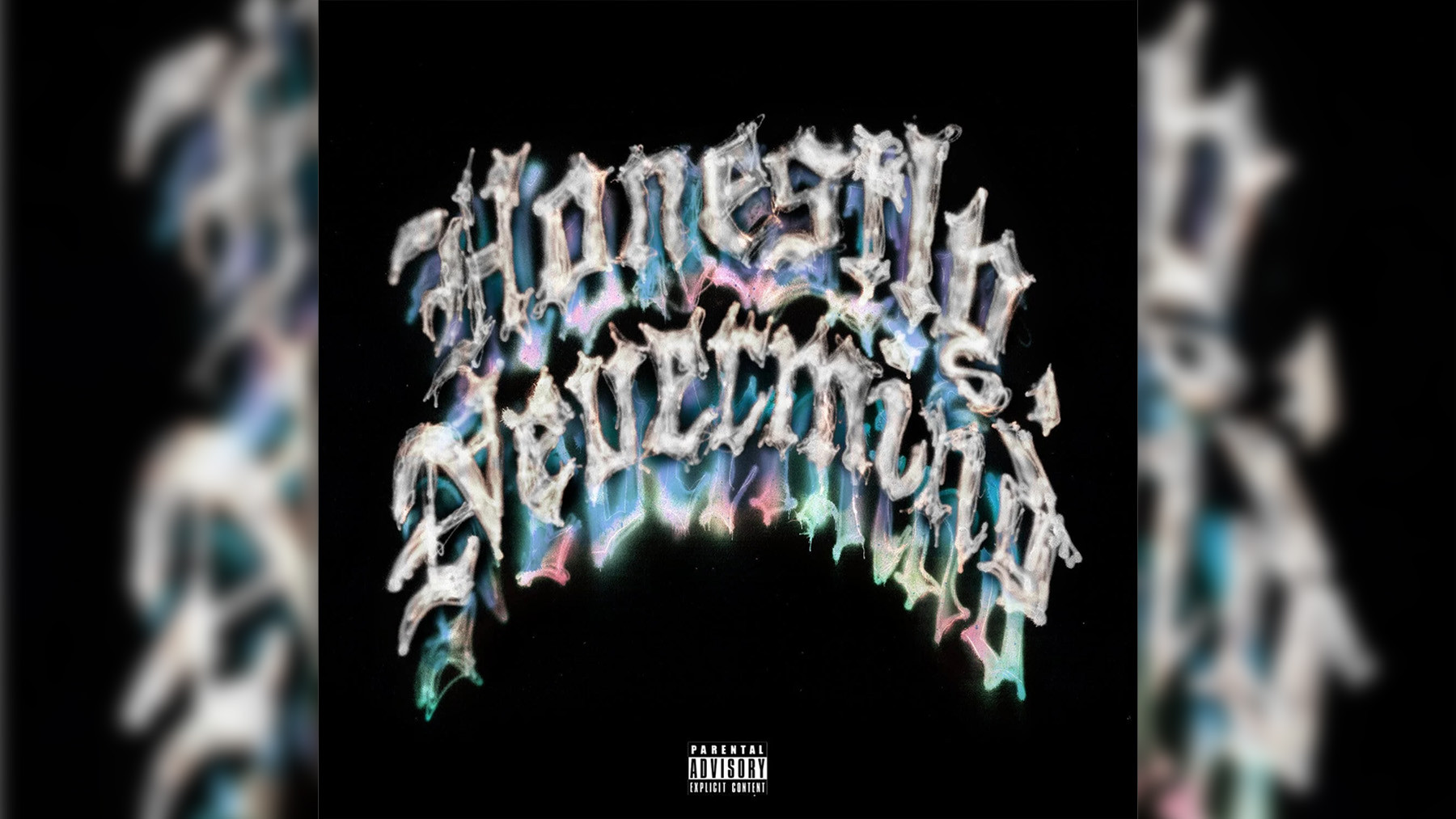 Drake performing Sticky, representing his foray into dance music genres.
Drake performing Sticky, representing his foray into dance music genres.
Drake’s album Honestly, Nevermind explored dance music, drawing from Jersey and Baltimore club and deep house. “Sticky,” produced by Gordo and Ry X, is a highlight, where Drake raps about personal topics over a dance beat, showcasing his take on subcultures and sounding refreshed.
Roland Clark, ‘I Get Deep (Shelter Mix)’ (2000)
Roland Clark’s love for house music began at Club Zanzibar in Newark, New Jersey. “I Get Deep” expresses this passion. Over rhythmic beats and keyboard melodies, Clark’s monologue captures the immersive dance floor experience. The a cappella version was sampled by Fatboy Slim on Halfway Between the Gutter and the Stars.
Aly-Us, ‘Follow Me’ (1992)
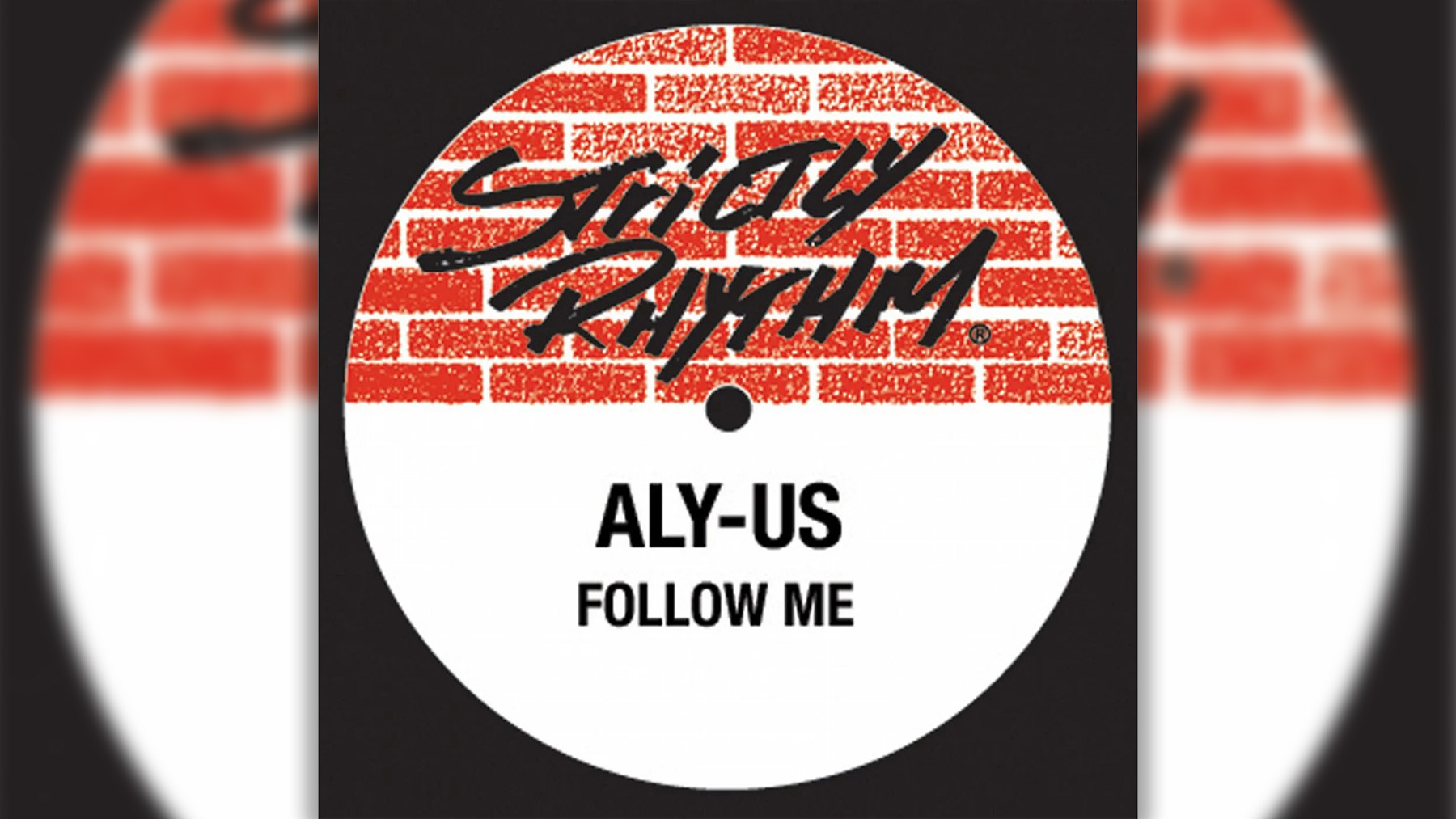 Aly-Us performing Follow Me, representing early house music's raw and soulful sound.
Aly-Us performing Follow Me, representing early house music's raw and soulful sound.
Early house music often had a raw, imperfect quality, which was part of its charm. Aly-Us’s “Follow Me,” a gospel-inspired anthem recorded in a basement with basic equipment, exemplifies this. Its lo-fi production and vocal imperfections enhance its urgency and emotional impact.
George McCrae, ‘Rock Your Baby’ (1974)
In 1974, “Rock Your Baby” was one of the first disco songs to reach Number One on the Billboard Hot 100 after gaining popularity in clubs. The track was created by Henry Wayne Casey, Richard Finch, and Jerome Smith of TK Records. George McCrae, who was present at the TK offices, was chosen to sing on it. Casey, Finch, and Smith later formed KC and the Sunshine Band after the song’s success.
El General, ‘Perezosa’ (1995)
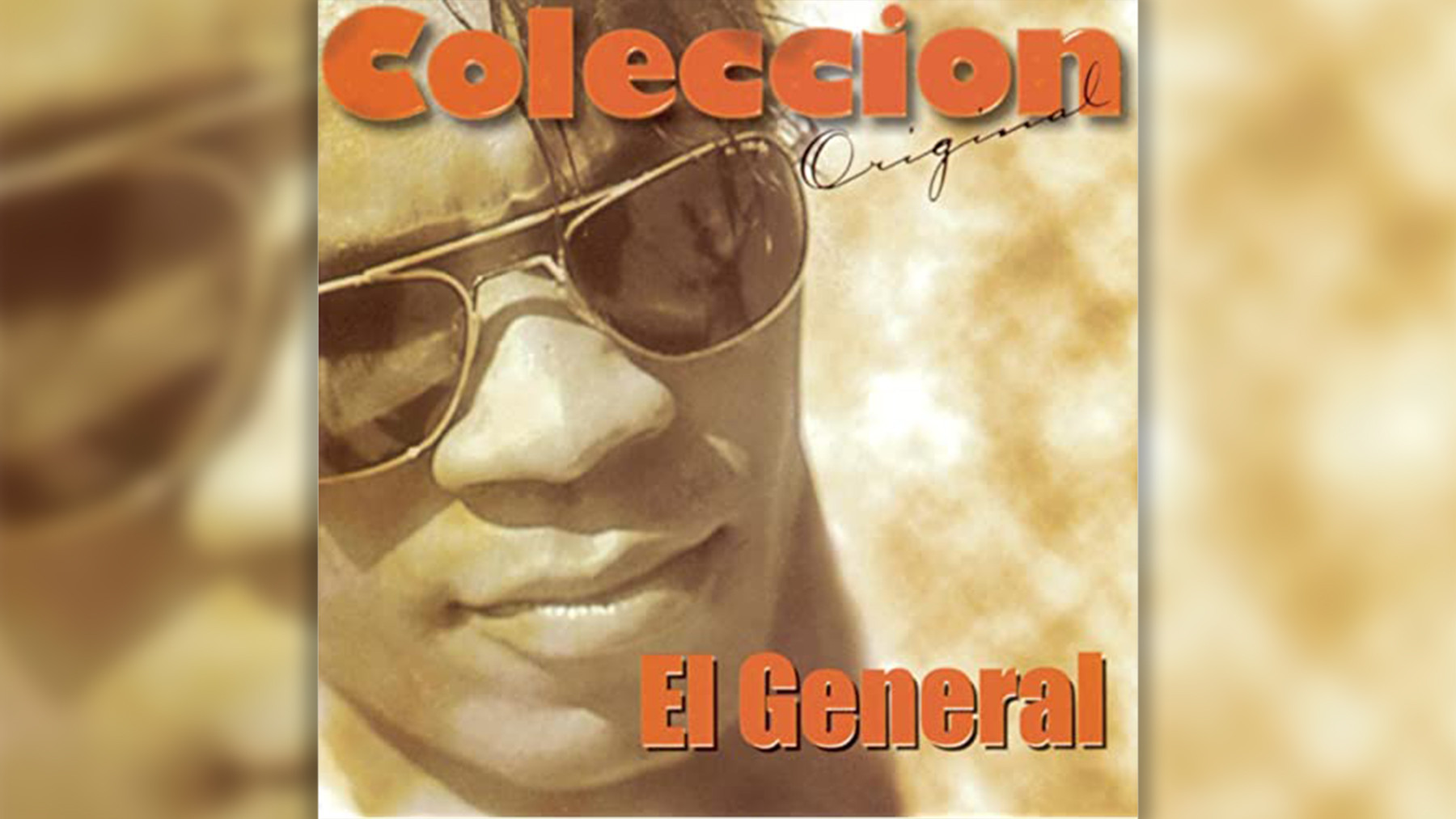 El General performing Perezosa, a pioneering track in reggaeton and Latin dance music.
El General performing Perezosa, a pioneering track in reggaeton and Latin dance music.
Panamanian artist El General pioneered reggaeton in the 1980s and 90s. His experimental approach and impact on club music are often overlooked. “Perezosa,” from his album Club 555, showcases his range with electronic sounds capturing the energy of Latin American parties, and is an empowering dance anthem.
Tom and Jerry, ‘Maximum Style’ (1994)
4Hero, consisting of Marc Mac and Dego MacFarlane, are drum and bass veterans, working under aliases like Tom and Jerry. Tom and Jerry’s “Maximum Style,” released during jungle’s rise in the UK, is a standout track. Its smooth rhythm, guitar melody, and cartoon sound effects create a playful yet serious groove.
LCD Soundsystem, ‘Losing My Edge’ (2002)
 LCD Soundsystem performing Losing My Edge in 2002, a key track in dance-punk revival.
LCD Soundsystem performing Losing My Edge in 2002, a key track in dance-punk revival.
LCD Soundsystem’s debut single, “Losing My Edge,” is both a dance track and a comedic commentary. James Murphy humorously portrays an aging hipster feeling outdated by a younger generation, despite his early music experiences. The track’s humor and danceability contributed to the New York dance-punk scene of the early 2000s.
Shakira, ‘Ojos Asi (Thunder Mix)’ (1999)
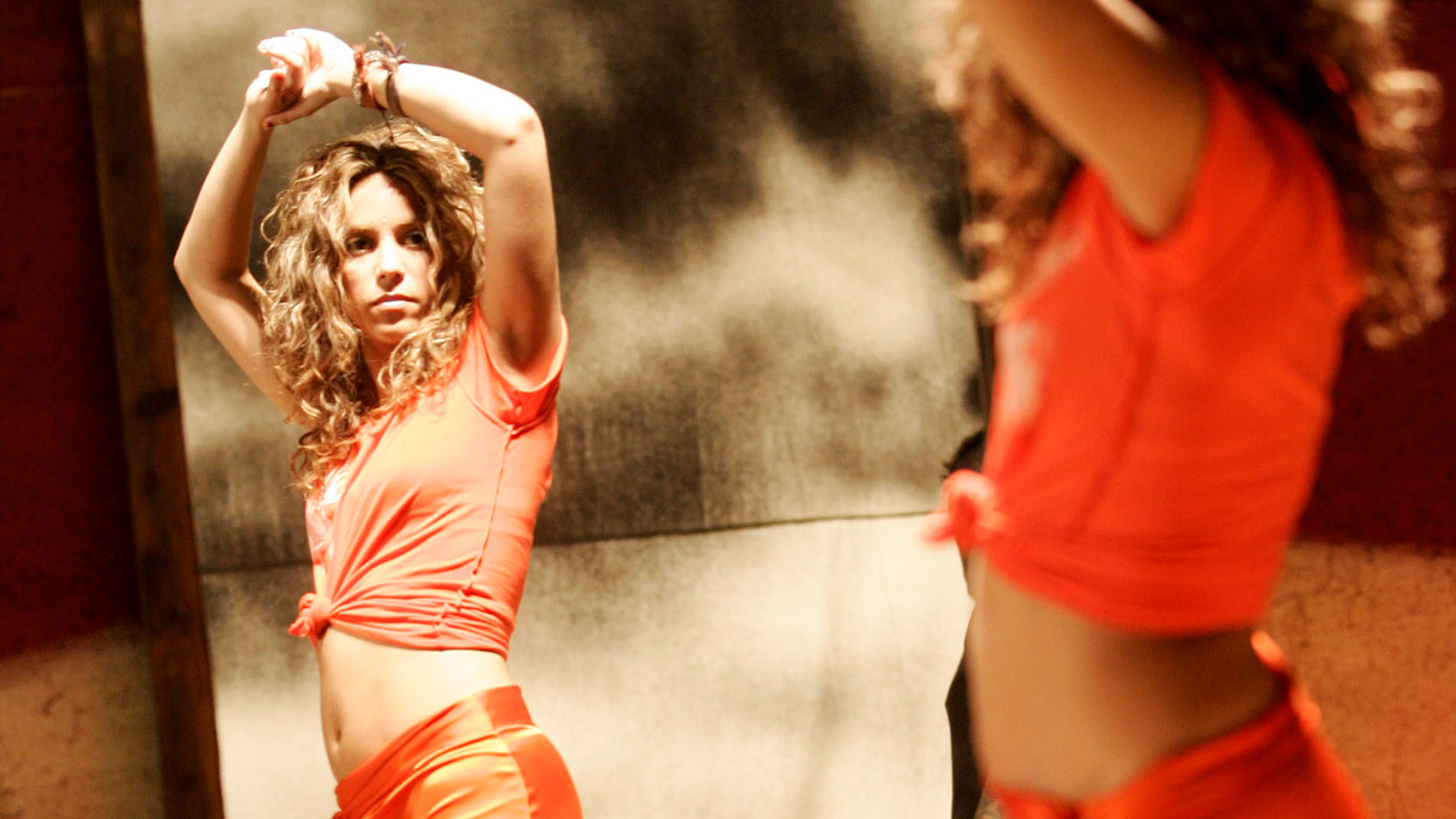 Shakira performing Ojos Asi, a fusion of Latin and Lebanese musical elements.
Shakira performing Ojos Asi, a fusion of Latin and Lebanese musical elements.
Pablo Flores, a key figure in Latin pop, worked with Emilio Estefan and artists like Gloria Estefan and Ricky Martin. He collaborated with Shakira on “Ojos Asi,” a song blending her Lebanese heritage with Latin sounds, foreshadowing global Latin music trends. His extended remix amplified these elements, appealing to dance floors worldwide with its masterful production.
Squarepusher, ‘My Red Hot Car’ (2001)
 Squarepusher performing My Red Hot Car, representing experimental and abstract electronic music.
Squarepusher performing My Red Hot Car, representing experimental and abstract electronic music.
Squarepusher (Tom Jenkinson) pushed drum and bass into experimental territories in the mid-1990s. Initially making undanceable, complex music, he shifted towards more spontaneous and playful approaches. “My Red Hot Car,” with its cut-up vocals and glitchy production, combines abstraction with groove, featuring a catchy bassline favored by adventurous DJs.
Moloko, ‘Sing It Back (Boris Musical Mix)’ (1997)
Moloko’s “Sing It Back,” featuring Róisín Murphy’s vocals, was originally a downtempo track that was commercially unsuccessful. Boris Dlugosch’s remix transformed it into a house track with a Chic-inspired groove. This remix became a hit, reaching the UK Top Five and launching Murphy’s successful solo career.
The Human League, ‘Don’t You Want Me’ (1981)
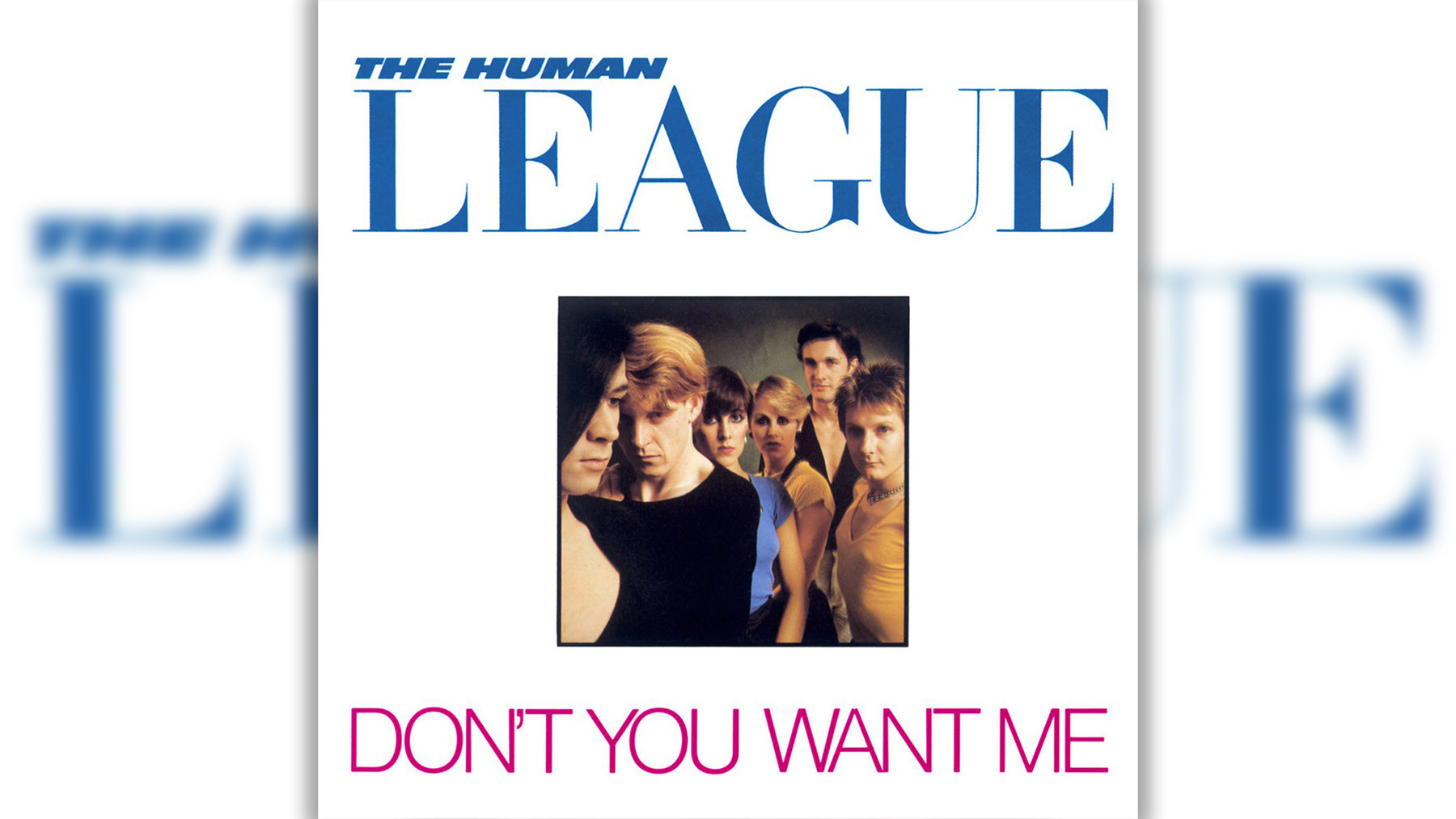 The Human League performing Don't You Want Me, a synth-pop hit with a narrative structure.
The Human League performing Don't You Want Me, a synth-pop hit with a narrative structure.
The Human League’s “Don’t You Want Me” was inspired by A Star Is Born and My Fair Lady, telling a story of transformation and fame. Despite initial doubts within the group, its catchy structure and he-said-she-said narrative became highly popular. It was their first Number One hit in the UK and US, and a Top Three hit on the Billboard Dance Club chart, marking a key moment in the fusion of synth-pop, club music, and mainstream pop.
